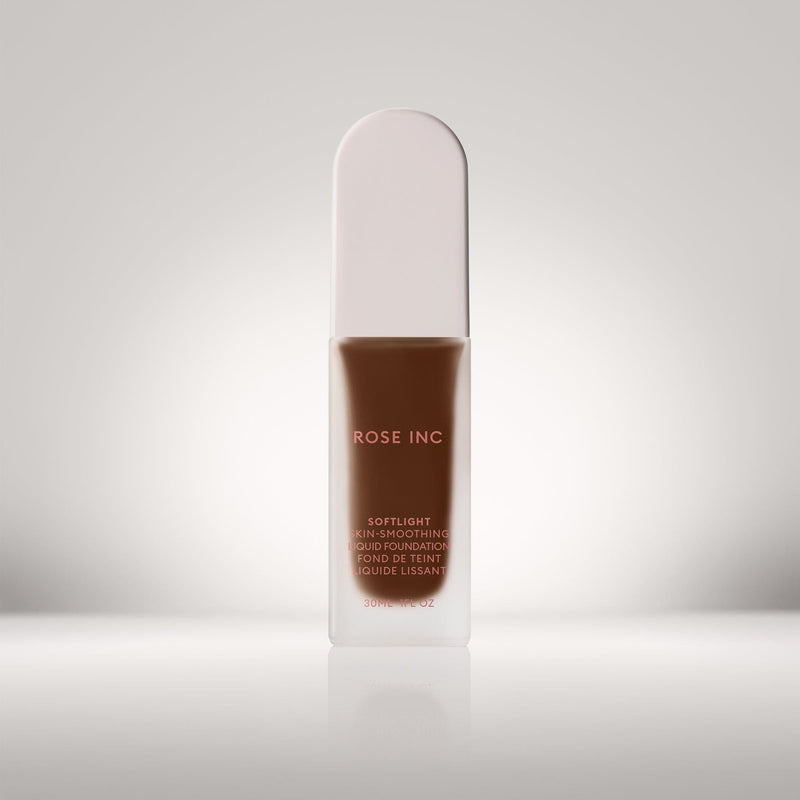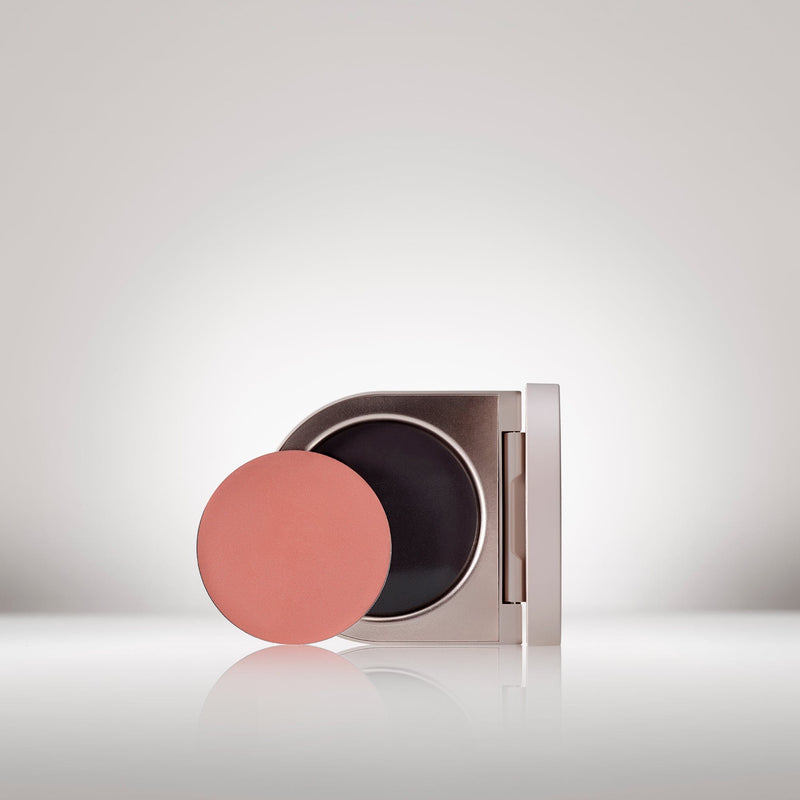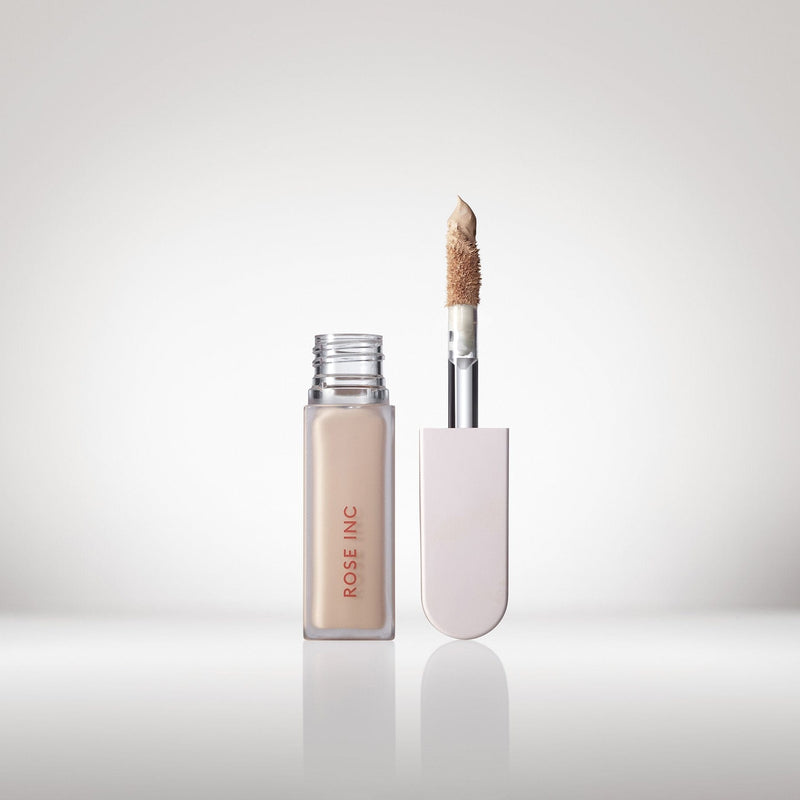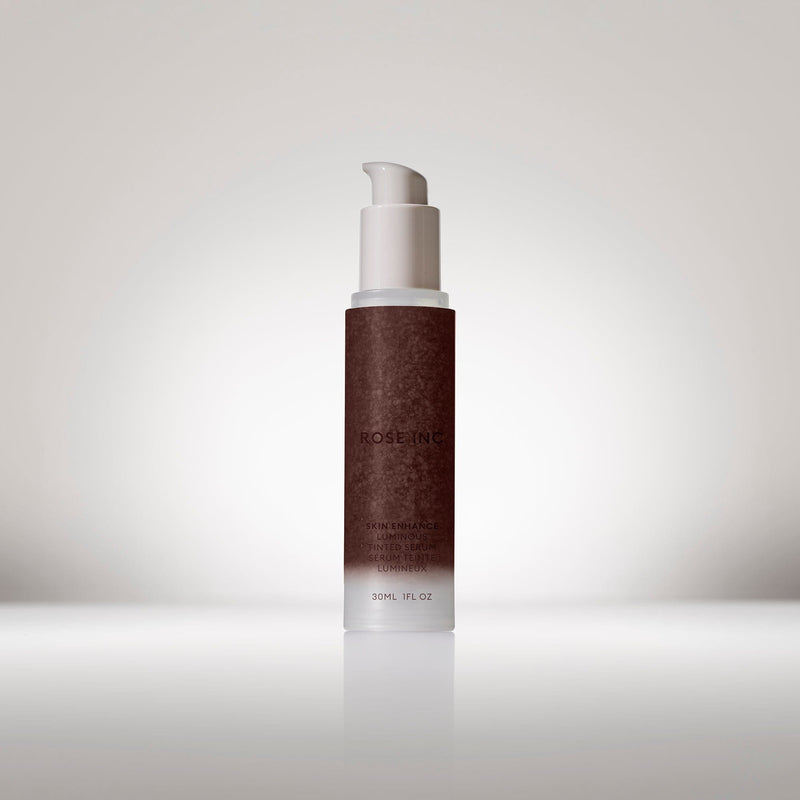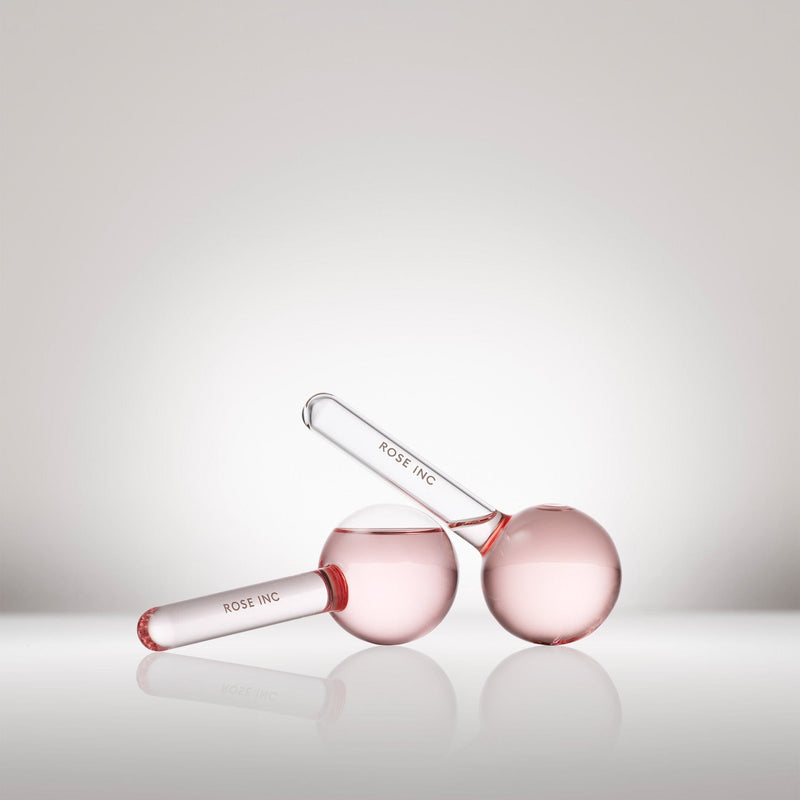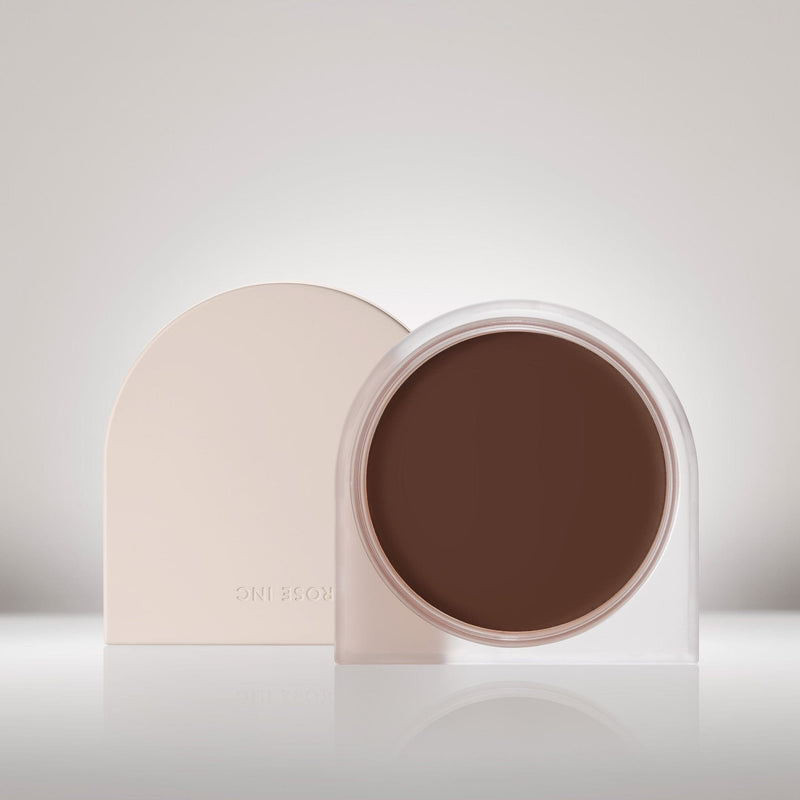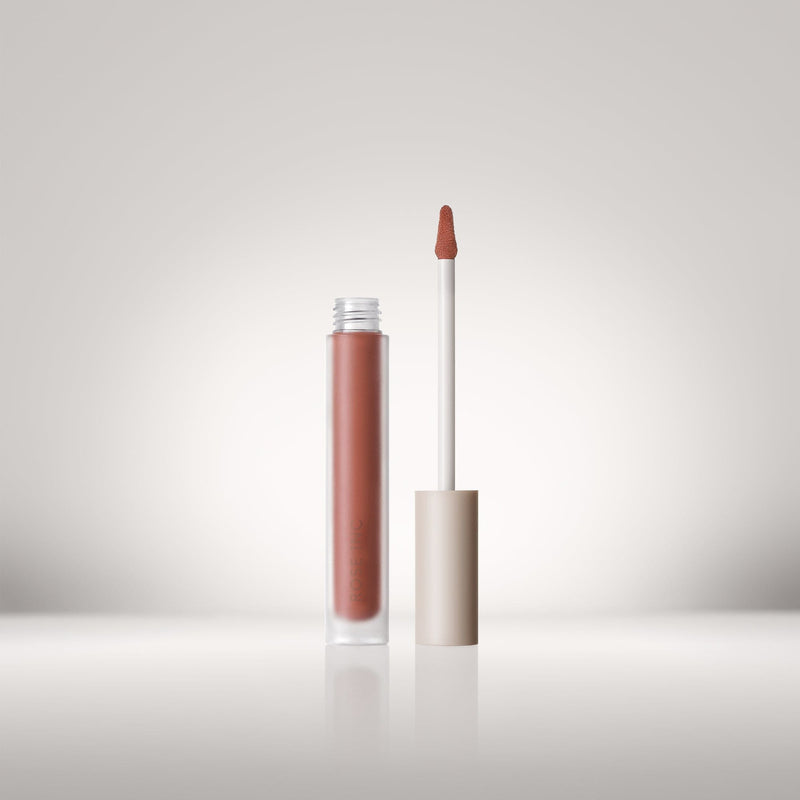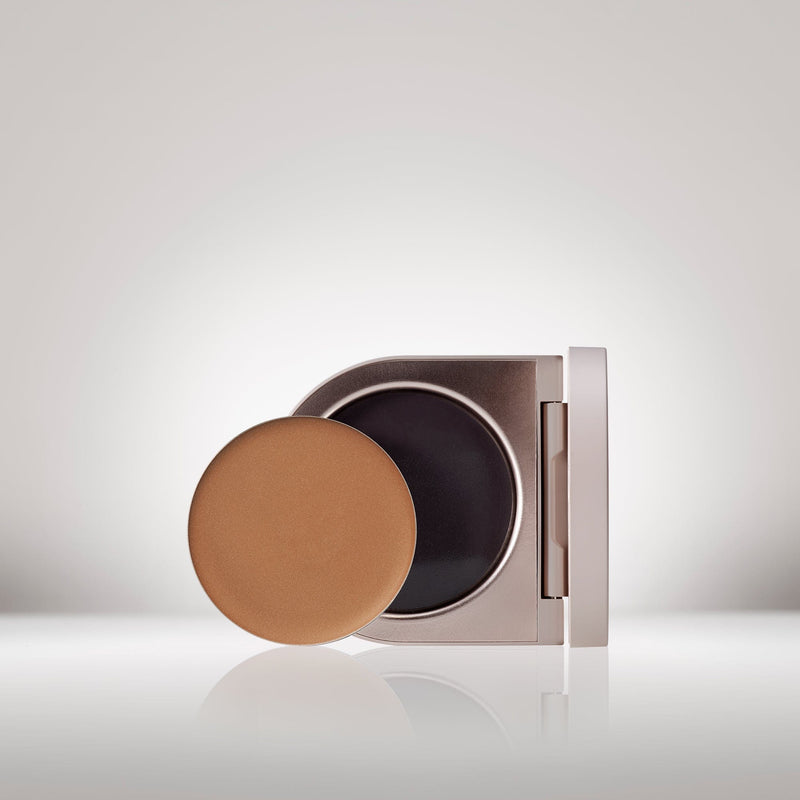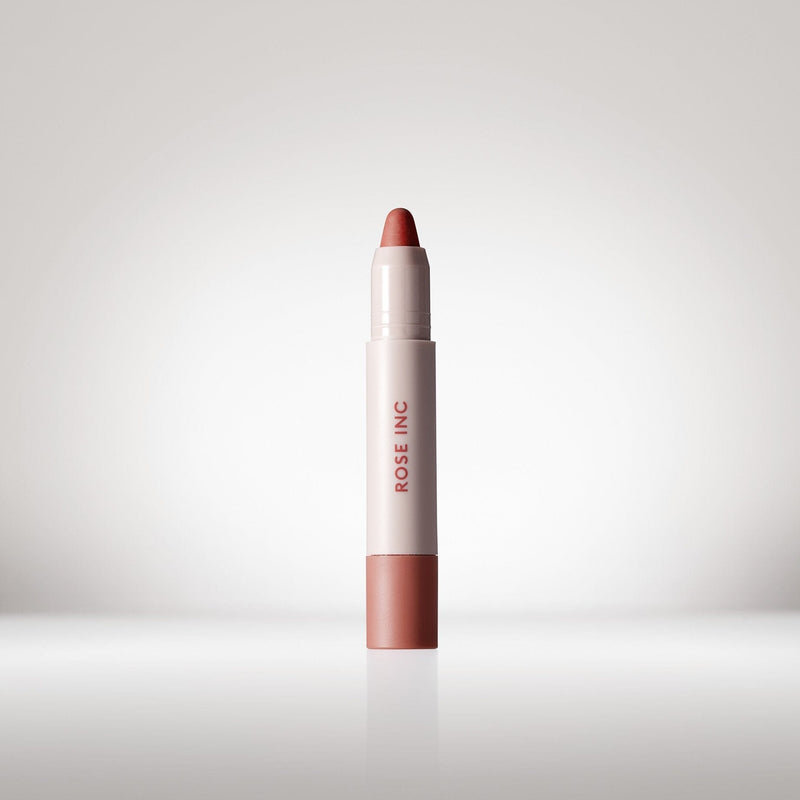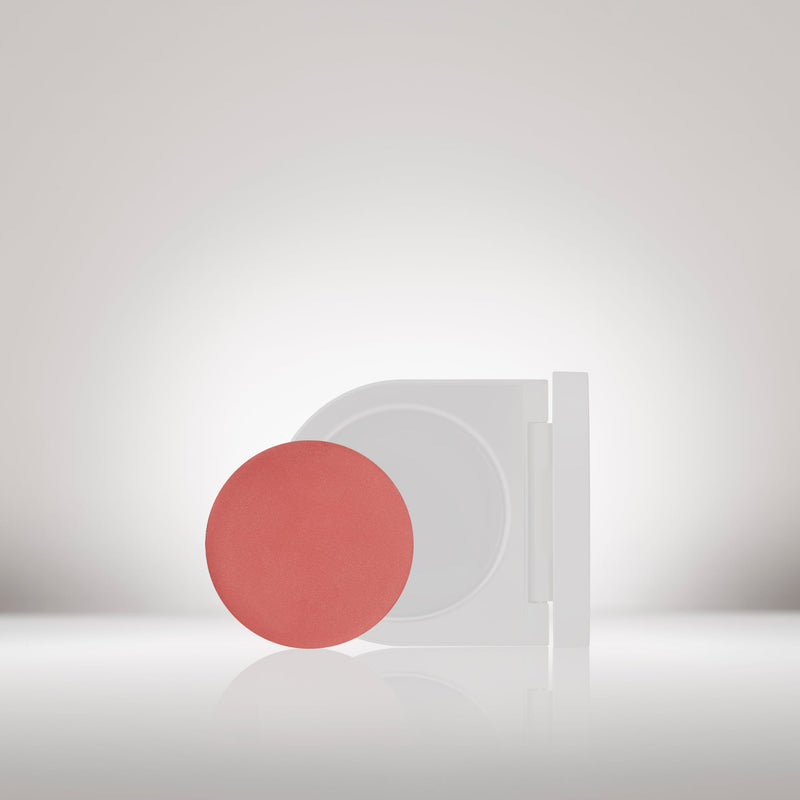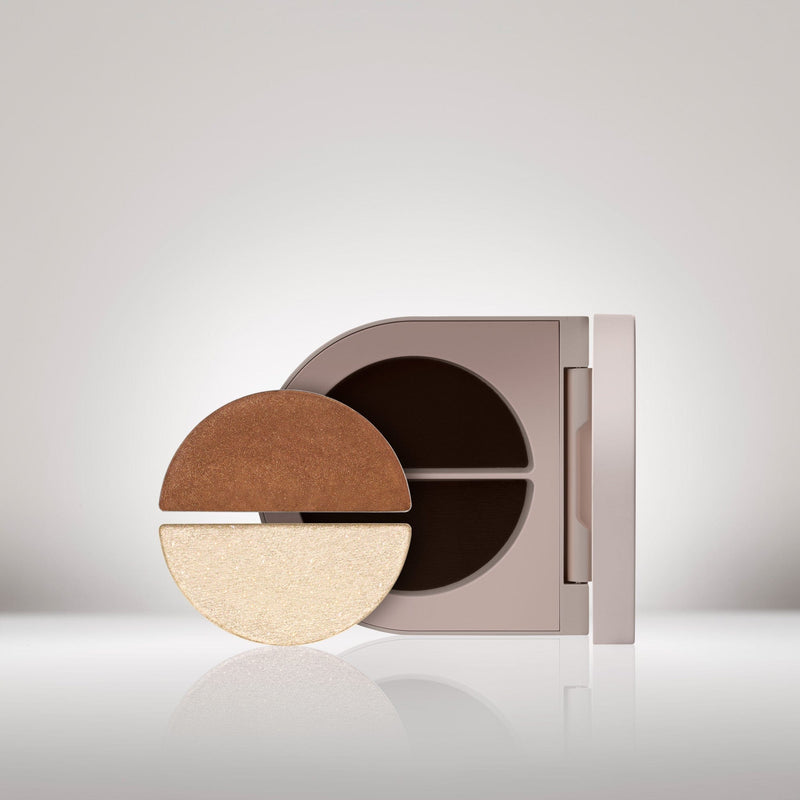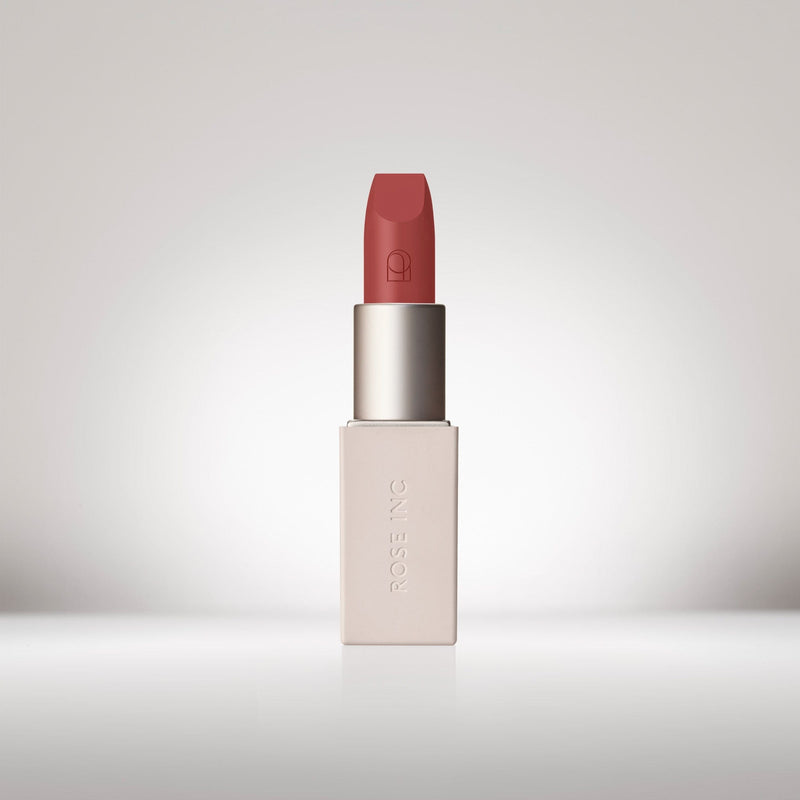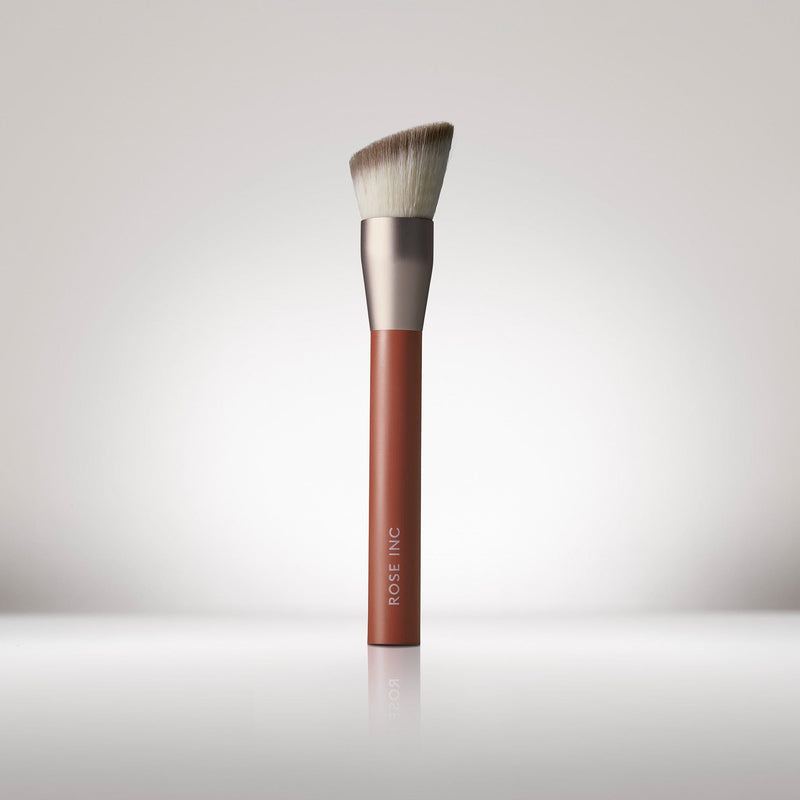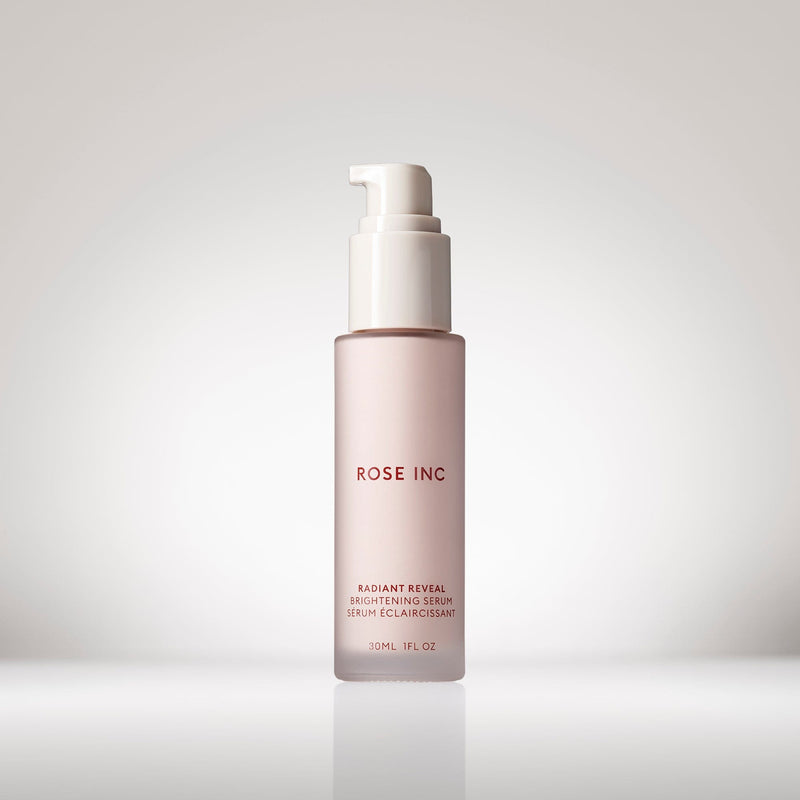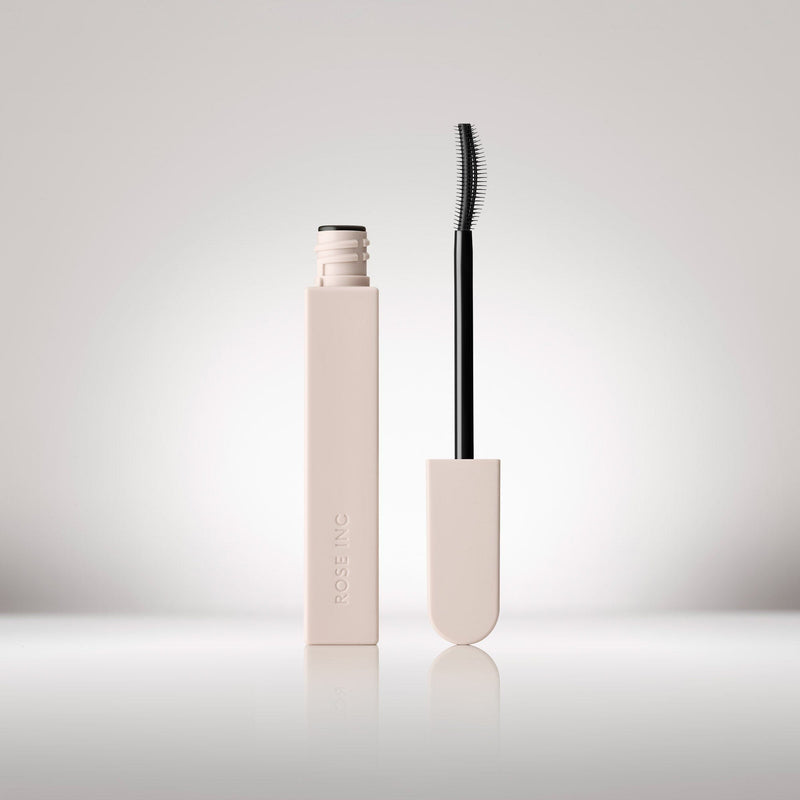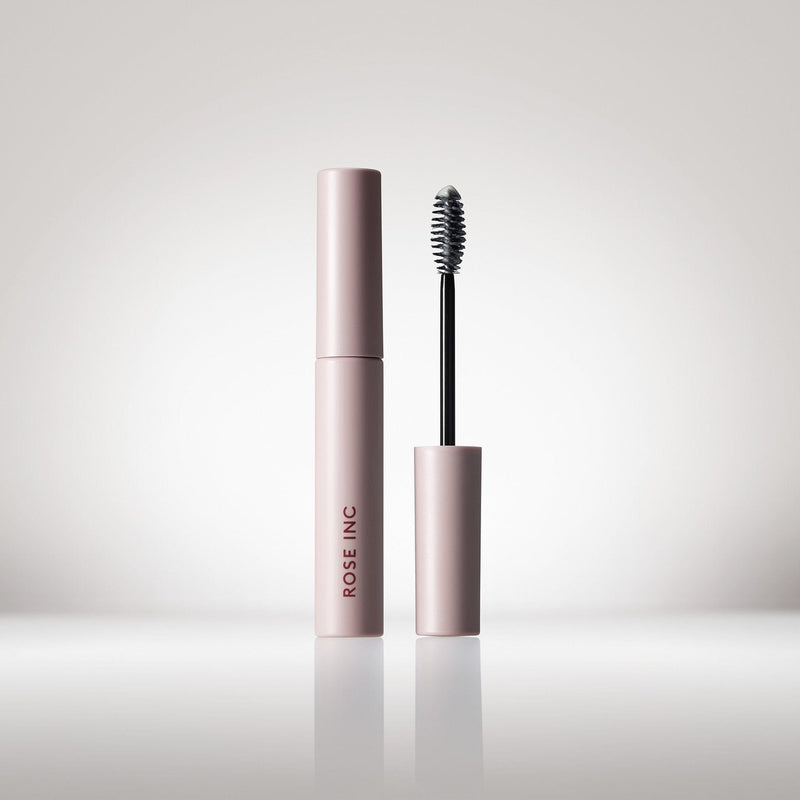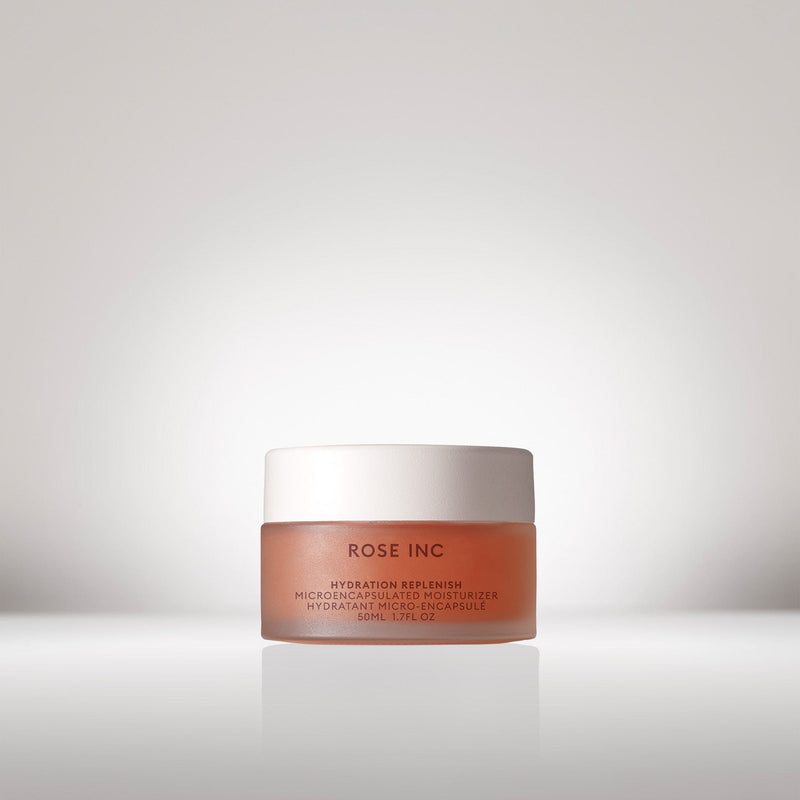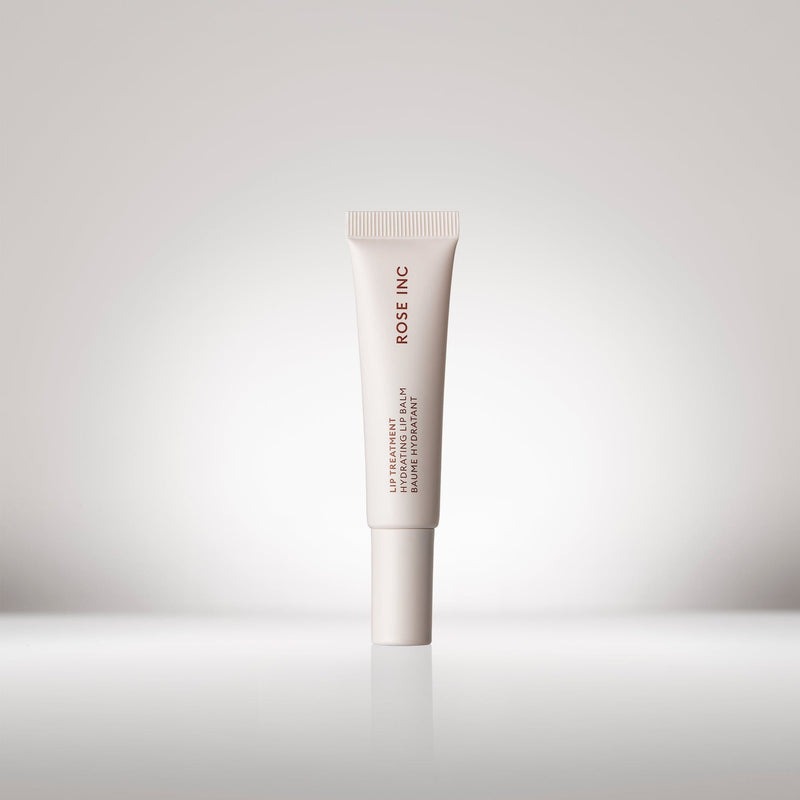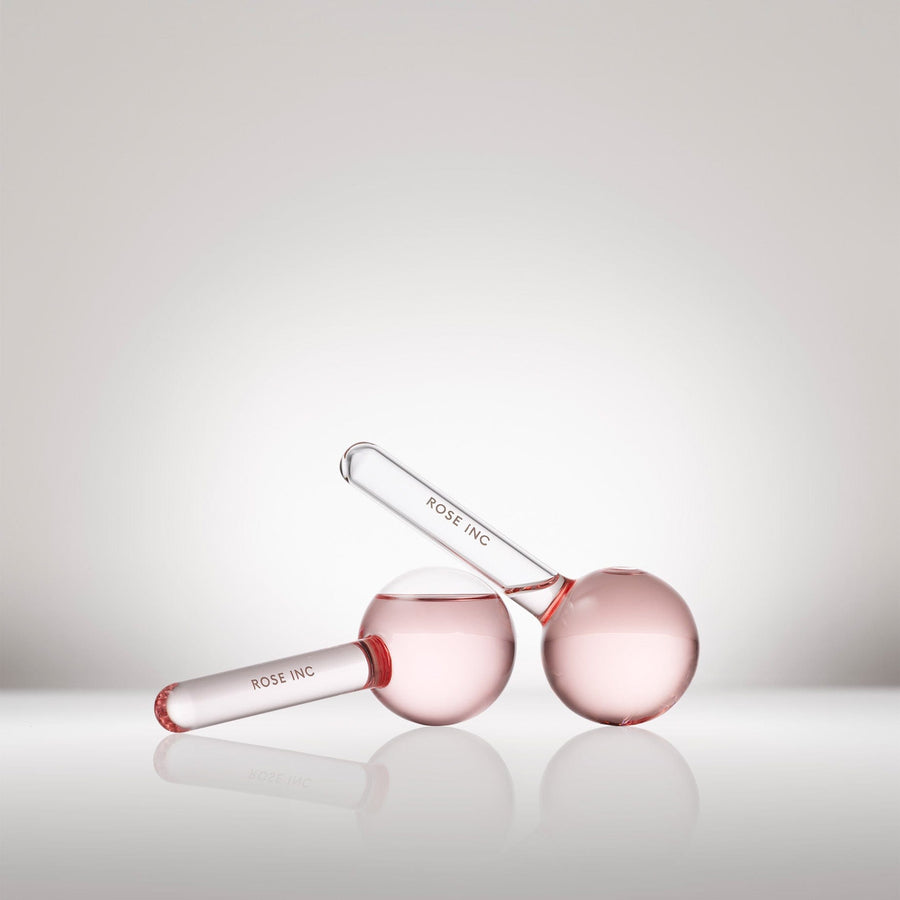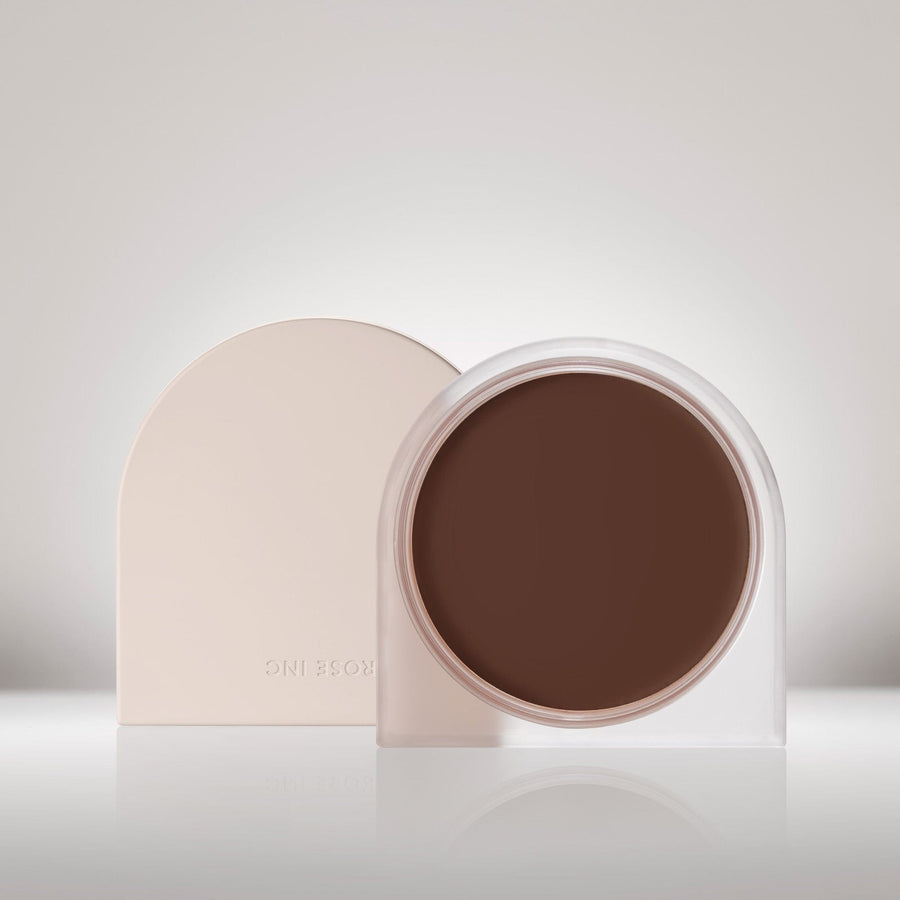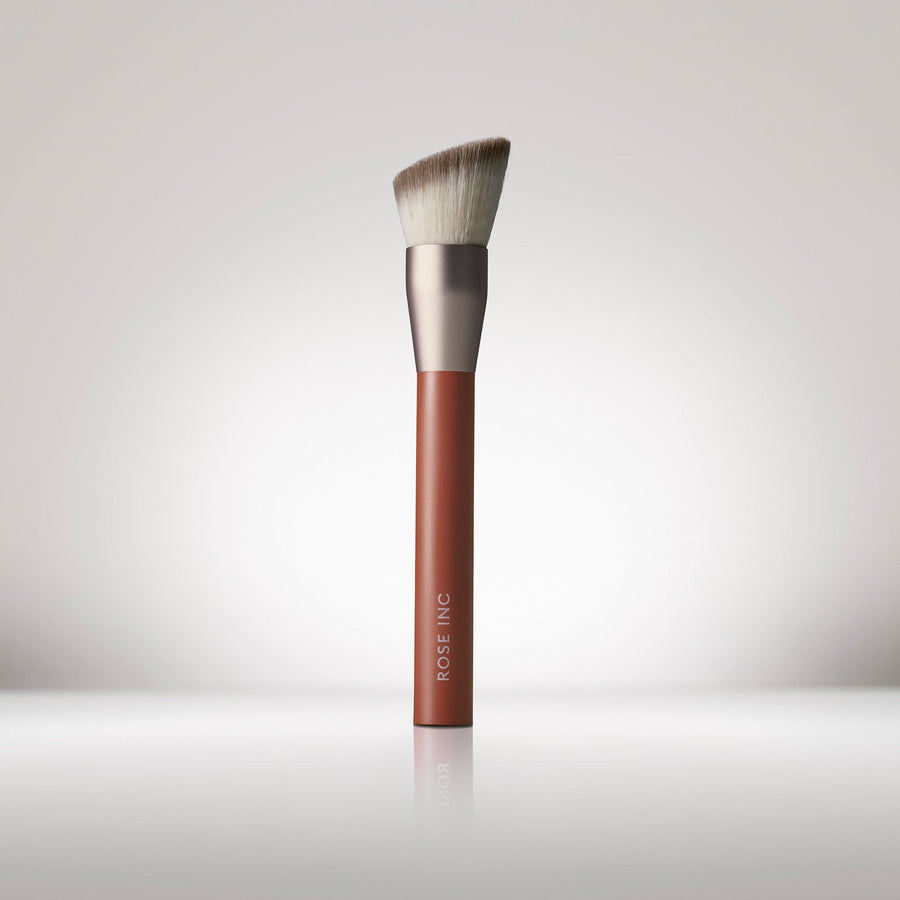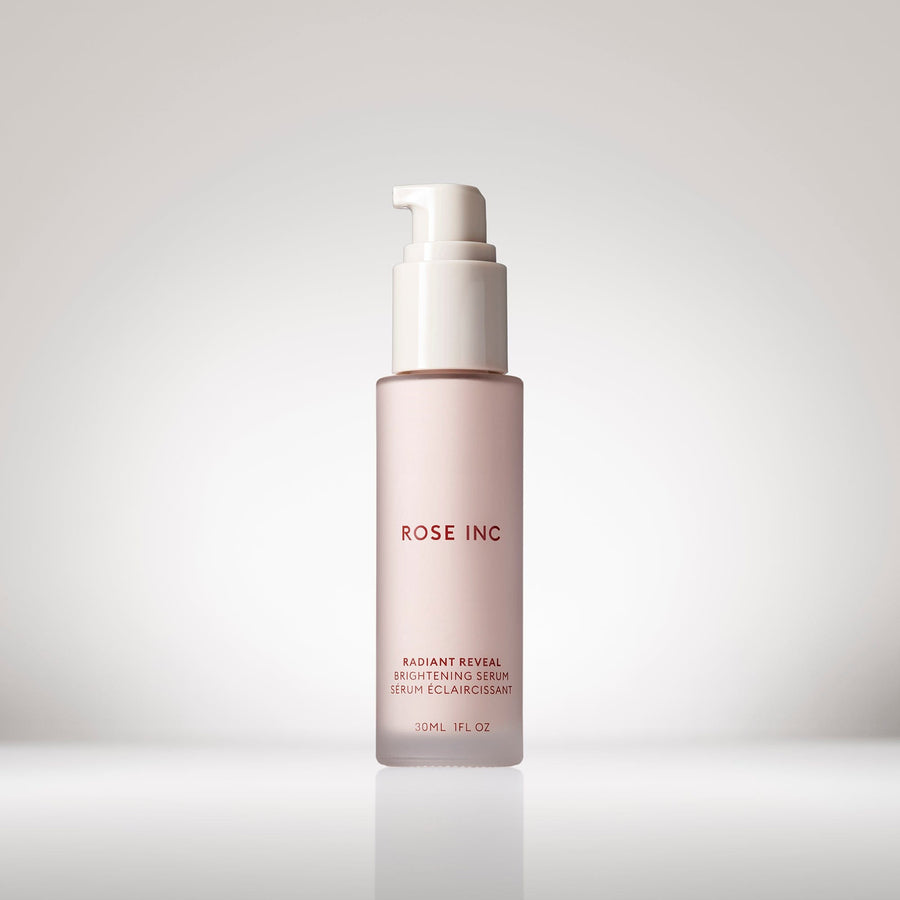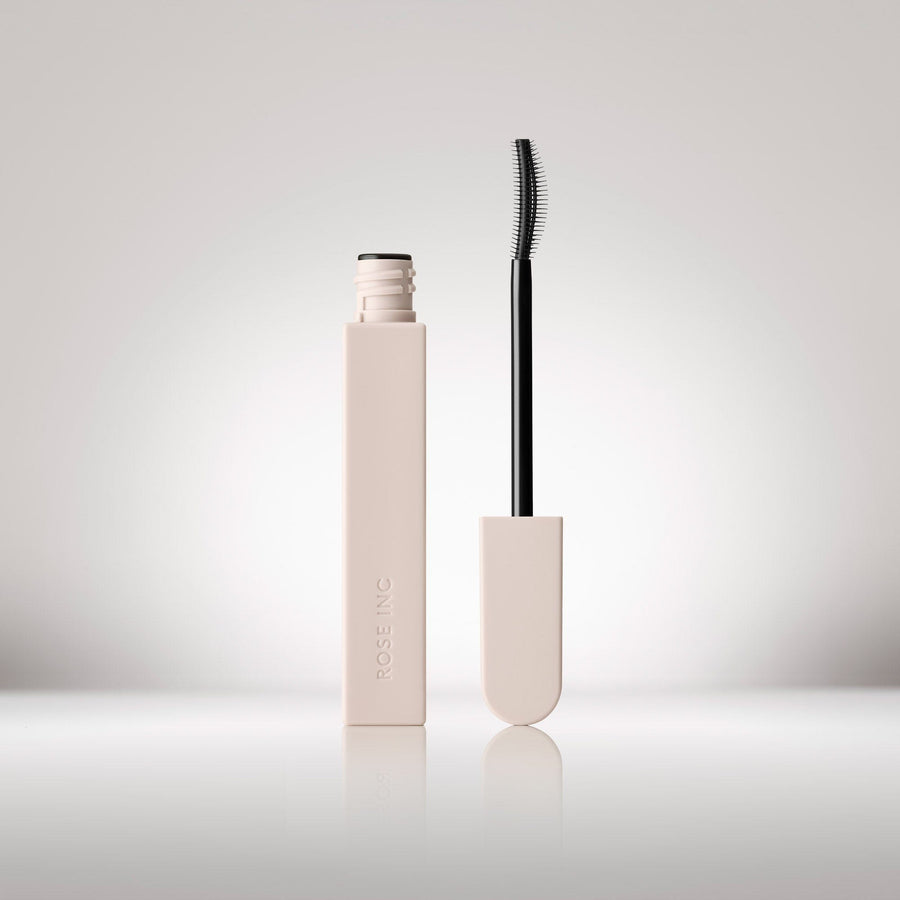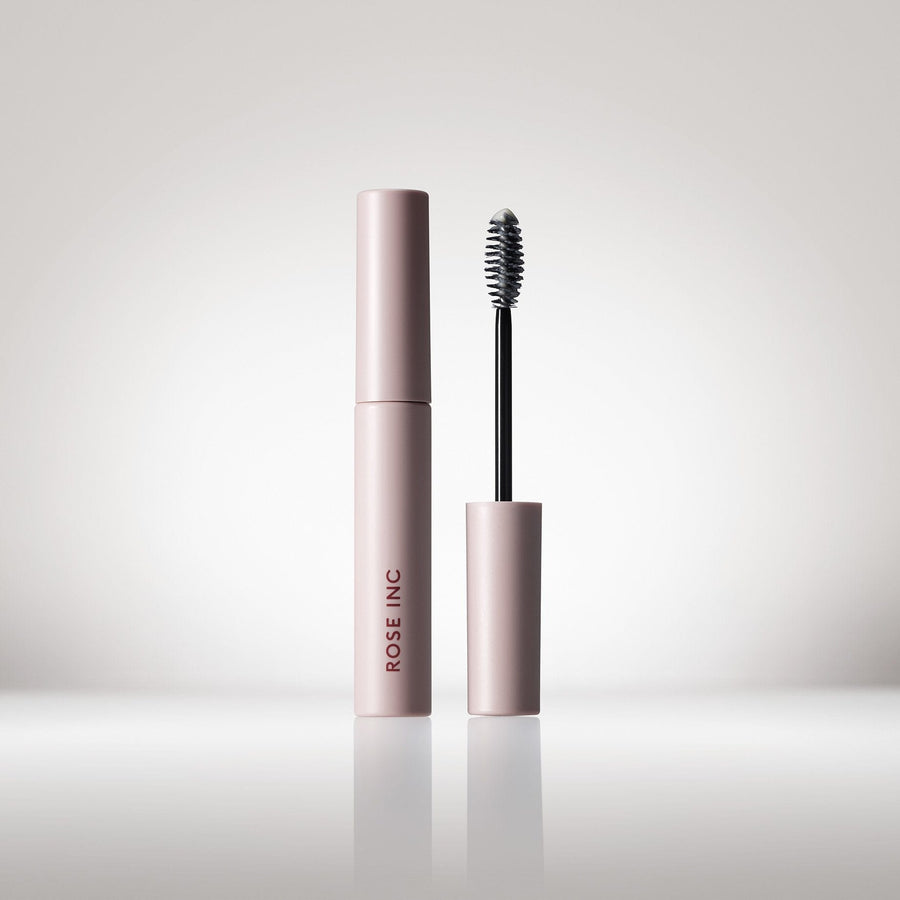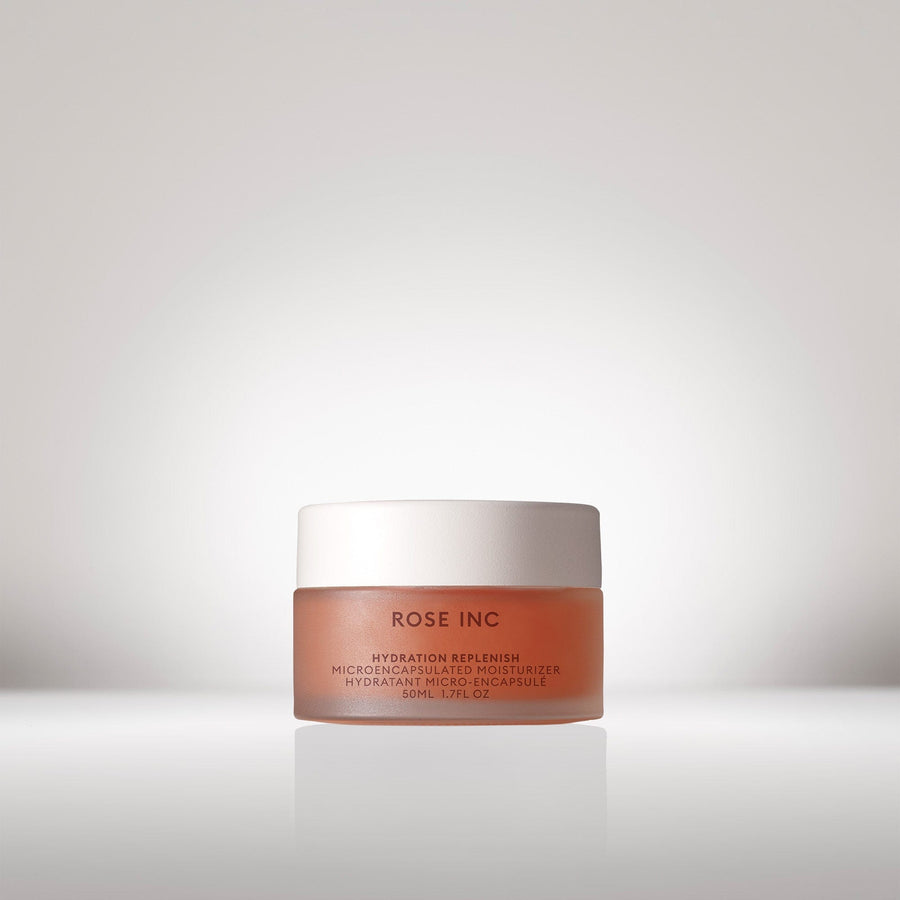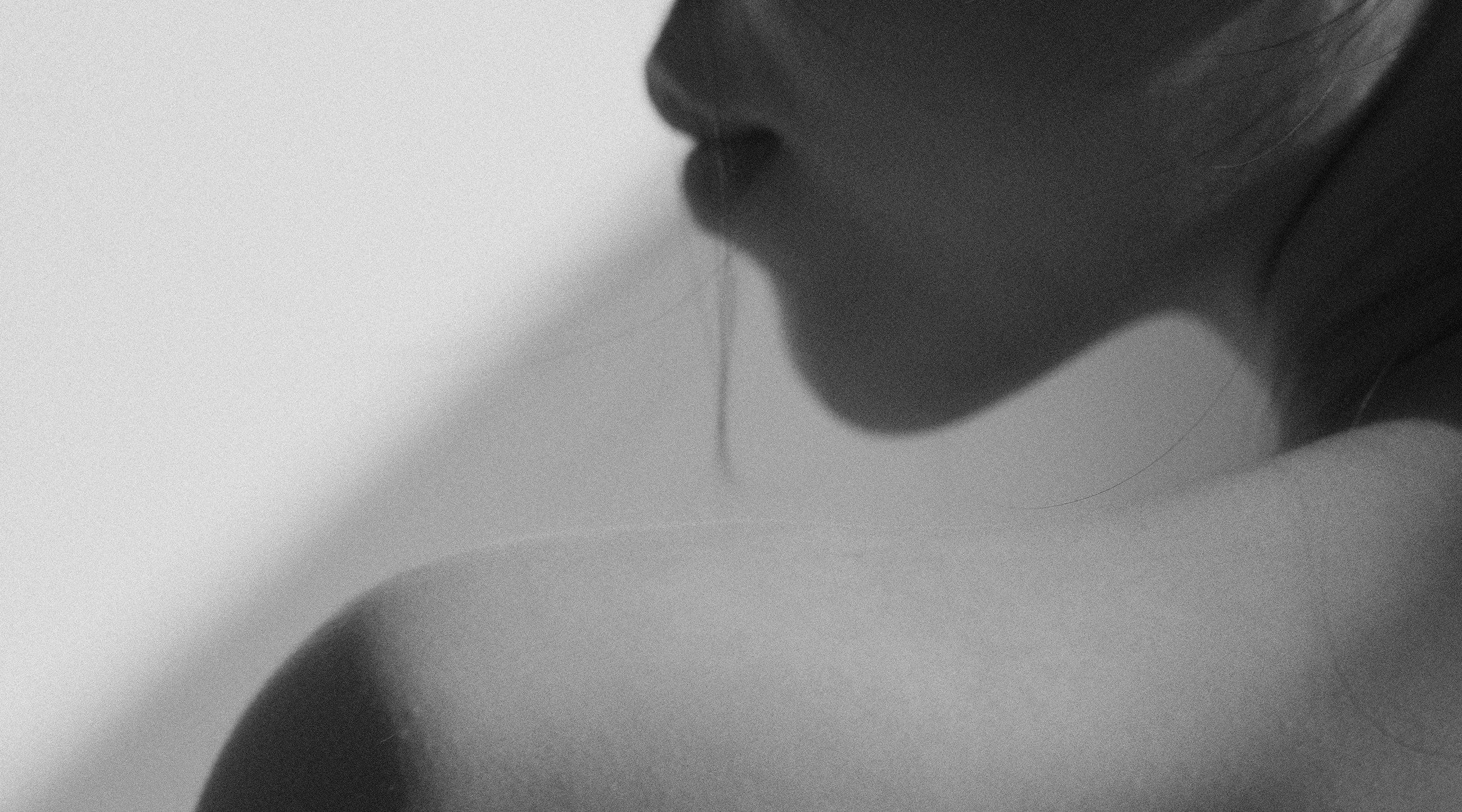
Everything You Need to Know About Skin Cancer Prevention
An expert weighs in on how to guard yourself against the deadly disease, from preventive tips to tell-tale symptoms to know.
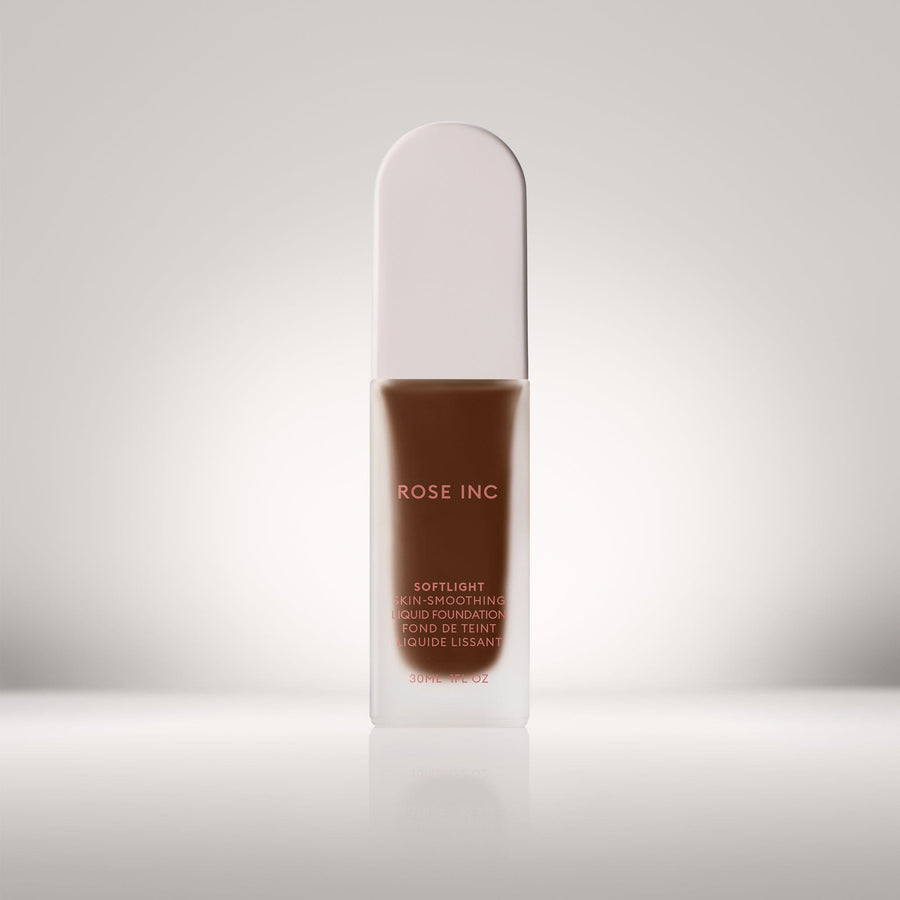
31N
Deep with Neutral Undertone
30W
Deep with Warm Red Undertone
29N
Deep with Neutral Red Undertone
28W
Deep with Warm Golden Undertone
27C
Deep with Cool Red Undertone
26N
Deep with Cool Red Undertone
25W
Deep with Warm Golden Undertone
24W
Medium-Deep with Warm Olive Undertone
23C
Medium-Deep with Cool Pink Undertone
22N
Medium-Deep with Neutral Undertone
21W
Medium-Deep with Neutral Undertone
20N
Medium-Deep with Neutral Golden Undertone
19N
Medium-Deep with Neutral Undertone
18W
Medium-Deep with Warm Golden Undertone
17C
Medium with Cool Pink Undertone
16W
Medium with Warm Olive Undertone
15N
Medium with Neutral Golden Undertone
14W
Medium with Warm Peach Undertone
13N
Medium with Neutral Undertone
12C
Medium with Cool Neutral Undertone
11W
Medium with Warm Golden Undertone
10N
Light-Medium with Neutral Olive Undertone
9W
Light-Medium with Warm Peach Undertone
8N
Light with Neutral Undertone
7C
Light with Cool Pink Undertone
6W
Light with Warm Golden Undertone
5N
Light with Neutral Undertone
4W
Light with Warm Golden Undertone
3N
Fair with Neutral Undertone
2N
Fair with Neutral Olive Undertone
1C
Fair with Cool Pink Undertone
31N
Deep with Neutral Undertone
Medium Coverage, brightening, balancing

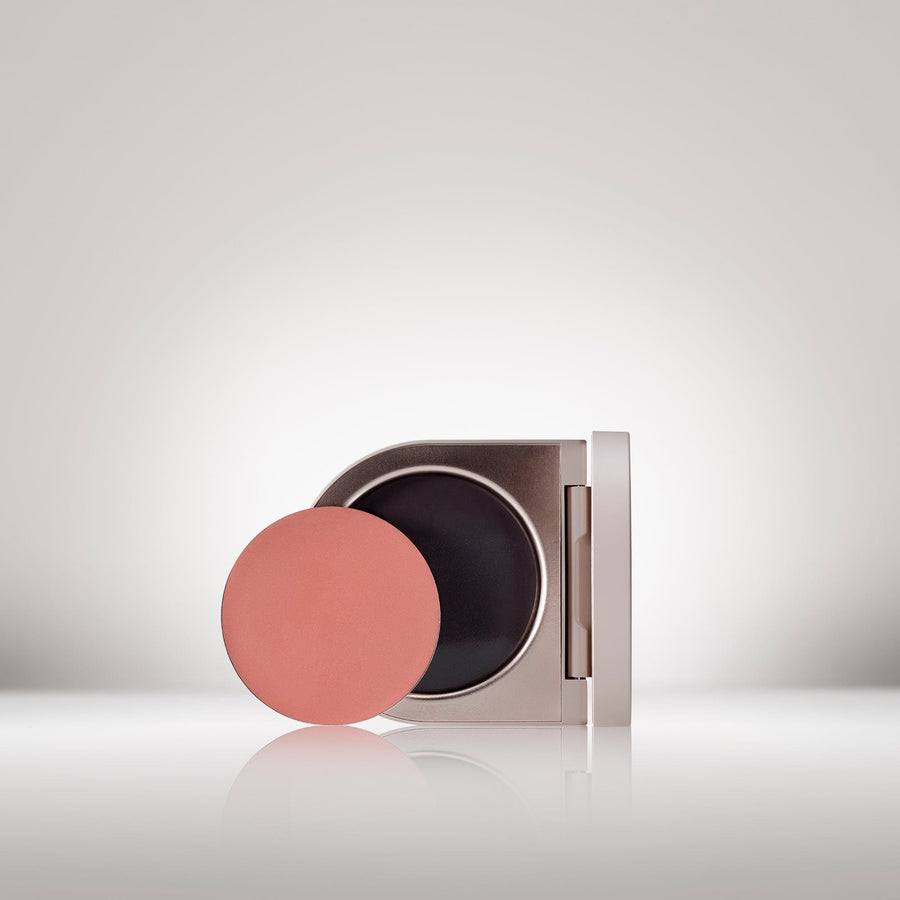
Hydrangea
Light cool pink
Wisteria
Coral pink
Anemone
Coral
Heliotrope
Apricot
Delphine
Muted peach
Daylily
Rich taupe
Foxglove
Warm terracotta
Ophelia
True pink
Camellia
Mauve
Hibiscus
Bright plum
Azalea
Berry
Dahlia
Deep berry
Hydrangea
Light cool pink
Brightening, blurring and longwearing
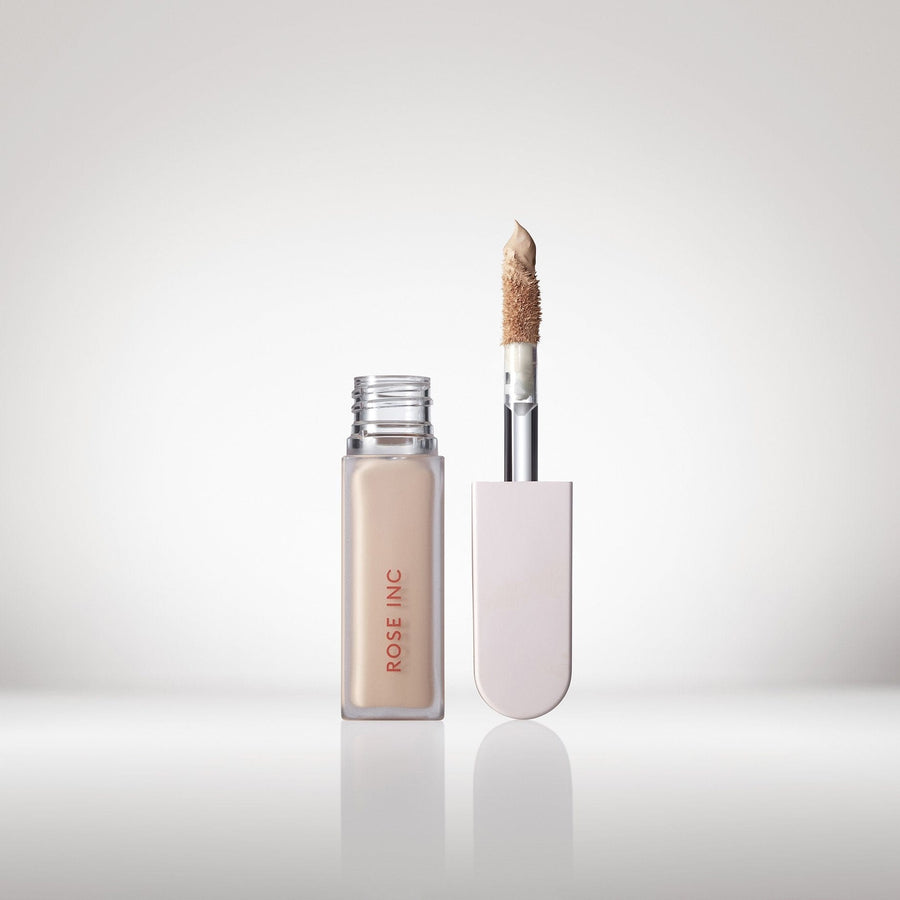
LX 200
Very Deep Skin Tone, Neutral Undertone
LX 190
Very Deep Skin Tone, Cool Red Undertone
LX 180
Deep Skin Tone, Warm Neutral Undertone
LX 170
Deep Skin Tone, Golden Undertone
LX 160
Deep Skin Tone, Red Undertone
LX 150
Deep Skin Tone, Neutral Undertone
LX 140
Medium/Deep Skin Tone, Neutral Undertone
LX 130
Medium/Deep Skin Tone, Warm Golden Undertone
LX 120
Medium/Deep Skin Tone, Pink Undertone
LX 110
Medium/Deep Skin Tone, Golden Undertone
LX 100
Medium/Deep Skin Tone, Peach Undertone
LX 090
Medium Skin Tone, Olive Undertone
LX 080
Medium Skin Tone, Pink Undertone
LX 070
Medium Skin Tone, Golden Undertone
LX 060
Medium Skin Tone, Peach Undertone
LX 050
Light/Medium Skin Tone, Neutral Undertone
LX 040
Light/Medium Skin Tone, Golden Neutral Undertone
LX 030
Light Skin Tone, Pink Undertone
LX 020
Light Skin Tone, Peach Undertone
LX 010
Fair Skin Tone, Neutral Undertone
LX 200
Very Deep Skin Tone, Neutral Undertone
Medium coverage, brightening, blurring

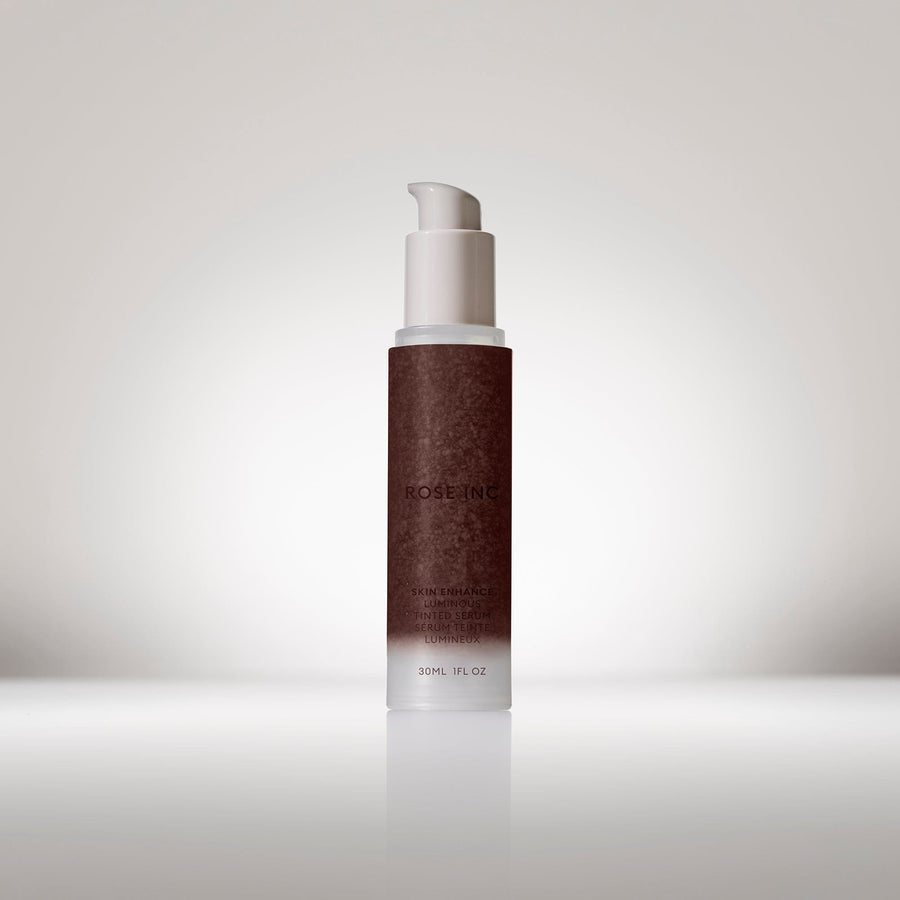
140
Very Deep Skin Tone/Red Undertone
130
Deep Skin Tone/Neutral Undertone
120
Deep Skin Tone/Red Undertone
110
Deep Skin Tone/Golden Undertone
100
Medium Deep Skin Tone/Golden Undertone
090
Medium Deep Skin Tone/Olive Undertone
080
Medium Tan Skin Tone/ Peach Undertone
070
Medium Skin Tone/Peach Undertone
060
Medium Skin Tone/ Neutral Undertone
050
Medium Skin Tone/ Pink Undertone
040
Light to Medium Skin Tone/ Neutral Undertone
030
Light Skin Tone/ Warm Golden Undertone
020
Light Skin Tone/Warm Peach Undertone
010
Fair Skin Tone/ Cool Pink Undertone
140
Very Deep Skin Tone/Red Undertone
Sheer Coverage, illuminating, hydrating

Summer may be months away, but sun protection is still vital. We’re counting down the days until we can soak up the sunshine again, but, that being said, consider this your friendly reminder not to neglect your SPF — even if you aren’t breaking out the bathing suits and beach towels. If you're in the market for a new sunscreen, read on to learn how experts break down the different types of sunscreen available, how they work and which ones suit different skin types.
There are two types of sunscreens: chemical and physical. Depending on the type, sunscreens protect the skin by blocking, absorbing or scattering the sun's harmful ultraviolet light.
Clean Beauty. Science-Backed. Made for You.

Chemical sunscreens, also known as organic sunscreens, contain filters such as avobenzone and oxybenzone that absorb UVB and some UVA rays, explains dermatologist Dr. Naana Boakye, founder of Bergen Dermatology and dermatology director of KINLÒ, a skin and suncare brand formulated for those with melanated skin.
As with everything, there are pros and cons to using a chemical sunscreen. One upside, says celebrity aesthetician Joshua Ross of SkinLab, is that chemical sunscreens are usually easily absorbed by the skin and are often clear, making them more wearable. On the flip side, it’s unknown how long chemical sunscreens are effective and may need to be reapplied more frequently.
Dr. Paula Bourelly of Olney Dermatology also notes that chemical sunscreens tend to absorb quickly into the skin “to filter out harmful effects of the sun.” She also mentions that certain places in the world, such as Hawaii, have banned chemical sunscreens that include oxybenzone and octinoxate because of the damage they do to the coral reefs. She also mentions that organizations such as the Environmental Working Group have been working on getting such ingredients banned by the FDA, due to potential health risks like hormone disruption.

While chemical sunscreens absorb light rays, physical sunscreens, also referred to as mineral sunscreens, protect the skin by reflecting and scattering UV light. “They don’t absorb into the skin and rather sit on the surface,” says Dr. Bourelly. This is also the type of sunscreen Dr. Boakye recommends. "Mineral sunscreens are primarily composed of zinc oxide and titanium dioxide," she says, which are GRASE (generally recognized as safe and effective) for use in sunscreen products. "Zinc oxide is able to protect against the entire UVA range and some UVB. Titanium dioxide is able to protect against UVA2 and UVB." According to Dr. Bourelly, UVA refers to black light. “They are longer wavelengths that penetrate the skin more deeply,” she says. Meanwhile, UVB causes sunburn and can also cause skin cancer. “For years folks thought they were safe as they tanned, so long as the products were UVB protective,” Dr. Bourelly explains. “Then we discovered that the UVA rays could also cause cancer (although people didn’t burn). That’s when companies started to make products labeled ‘broad spectrum,’” meaning they protect against both UVA and UVB rays. Additionally, as Ross explains, physical sunscreens containing zinc are also beneficial because they combat skin inflammation.
The pro of using physical sunscreen is that you can breathe easy knowing that it'll give you the best protection from the sun while also being long-lasting, says Ross. The only con, he says, is that physical sunscreens tend to be heavier and sometimes leave a white cast on the skin. Thankfully, there are more modern sunscreen options available that have done away with these dreaded, difficult-to-spread formulas, thanks to “nanoparticles,” as Dr. Bourelly mentions. Another option Ross points to are tinted physical sunscreens that match your skin tone.
In addition to the different UV filters in sunscreen types, sunscreens are also available in various formulations such as gels, lotions, oils and creams.
Dr. Boakye suggests a lightweight sunscreen like a serum if you have oily skin, and cream formulations for combination and dry skin. For the latter, she also suggests looking for a sunscreen with hydrating ingredients to quench your skin—think jojoba oil, safflower seed oil, and antioxidants. And for sensitive skin, Dr. Boakye highly recommends sticking to strictly mineral-based sunscreen, which will be the most gentle. Ultimately, the best sunscreen for your skin type will depend on your skin’s sensitivity.
Clean Beauty. Science-Backed. Made for You.
Clean Beauty. Science-Backed. Made for You.

Ultimately, the best sunscreen for your skin type will depend on your skin’s sensitivity. The most important thing, says Ross, is that you actually incorporate it into your morning skincare routine every day and remember to reapply it often. Dr. Boakye says the rule of thumb for reapplying sunscreen is every two hours. But wearing sunscreen and reapplying is just one sun safety practice. She also recommends wearing protective gear while out in the sun, such as hats, sunglasses and UPF clothing.
Additionally, make sure you're using sunscreen with enough protection. The American Academy of Dermatology recommends an SPF 30+, but Dr. Boakye suggests SPF 50+. And don't forget to keep an eye on your sunscreen's shelf life; they don't last forever. Check the bottom of the product for an expiration date. If the sunscreen doesn’t have one, Ross says sunscreens are generally good for a year before they need to be tossed.
Dr. Bourelly also reminds us that it’s important for all skin tones and types to use SPF. “Cumulative sun exposure can have damaging effects on any skin type/tone, albeit at different levels of severity comparing fair, easily burned skin with brown/melanin protected skin,” she says. “The rates of sun-induced skin cancers are far lower in people of color, but they are not zero. Apart from skin cancer, chronic sun exposure hampers the immunity of the skin and creates a leather-like appearance - thus can occur in all skin types.”

31N
Deep with Neutral Undertone
30W
Deep with Warm Red Undertone
29N
Deep with Neutral Red Undertone
28W
Deep with Warm Golden Undertone
27C
Deep with Cool Red Undertone
26N
Deep with Cool Red Undertone
25W
Deep with Warm Golden Undertone
24W
Medium-Deep with Warm Olive Undertone
23C
Medium-Deep with Cool Pink Undertone
22N
Medium-Deep with Neutral Undertone
21W
Medium-Deep with Neutral Undertone
20N
Medium-Deep with Neutral Golden Undertone
19N
Medium-Deep with Neutral Undertone
18W
Medium-Deep with Warm Golden Undertone
17C
Medium with Cool Pink Undertone
16W
Medium with Warm Olive Undertone
15N
Medium with Neutral Golden Undertone
14W
Medium with Warm Peach Undertone
13N
Medium with Neutral Undertone
12C
Medium with Cool Neutral Undertone
11W
Medium with Warm Golden Undertone
10N
Light-Medium with Neutral Olive Undertone
9W
Light-Medium with Warm Peach Undertone
8N
Light with Neutral Undertone
7C
Light with Cool Pink Undertone
6W
Light with Warm Golden Undertone
5N
Light with Neutral Undertone
4W
Light with Warm Golden Undertone
3N
Fair with Neutral Undertone
2N
Fair with Neutral Olive Undertone
1C
Fair with Cool Pink Undertone
31N
Deep with Neutral Undertone
Medium Coverage, brightening, balancing


Hydrangea
Light cool pink
Wisteria
Coral pink
Anemone
Coral
Heliotrope
Apricot
Delphine
Muted peach
Daylily
Rich taupe
Foxglove
Warm terracotta
Ophelia
True pink
Camellia
Mauve
Hibiscus
Bright plum
Azalea
Berry
Dahlia
Deep berry
Hydrangea
Light cool pink
Brightening, blurring and longwearing

LX 200
Very Deep Skin Tone, Neutral Undertone
LX 190
Very Deep Skin Tone, Cool Red Undertone
LX 180
Deep Skin Tone, Warm Neutral Undertone
LX 170
Deep Skin Tone, Golden Undertone
LX 160
Deep Skin Tone, Red Undertone
LX 150
Deep Skin Tone, Neutral Undertone
LX 140
Medium/Deep Skin Tone, Neutral Undertone
LX 130
Medium/Deep Skin Tone, Warm Golden Undertone
LX 120
Medium/Deep Skin Tone, Pink Undertone
LX 110
Medium/Deep Skin Tone, Golden Undertone
LX 100
Medium/Deep Skin Tone, Peach Undertone
LX 090
Medium Skin Tone, Olive Undertone
LX 080
Medium Skin Tone, Pink Undertone
LX 070
Medium Skin Tone, Golden Undertone
LX 060
Medium Skin Tone, Peach Undertone
LX 050
Light/Medium Skin Tone, Neutral Undertone
LX 040
Light/Medium Skin Tone, Golden Neutral Undertone
LX 030
Light Skin Tone, Pink Undertone
LX 020
Light Skin Tone, Peach Undertone
LX 010
Fair Skin Tone, Neutral Undertone
LX 200
Very Deep Skin Tone, Neutral Undertone
Medium coverage, brightening, blurring


140
Very Deep Skin Tone/Red Undertone
130
Deep Skin Tone/Neutral Undertone
120
Deep Skin Tone/Red Undertone
110
Deep Skin Tone/Golden Undertone
100
Medium Deep Skin Tone/Golden Undertone
090
Medium Deep Skin Tone/Olive Undertone
080
Medium Tan Skin Tone/ Peach Undertone
070
Medium Skin Tone/Peach Undertone
060
Medium Skin Tone/ Neutral Undertone
050
Medium Skin Tone/ Pink Undertone
040
Light to Medium Skin Tone/ Neutral Undertone
030
Light Skin Tone/ Warm Golden Undertone
020
Light Skin Tone/Warm Peach Undertone
010
Fair Skin Tone/ Cool Pink Undertone
140
Very Deep Skin Tone/Red Undertone
Sheer Coverage, illuminating, hydrating
Smoothing, antioxidant-rich and non-comedogenic
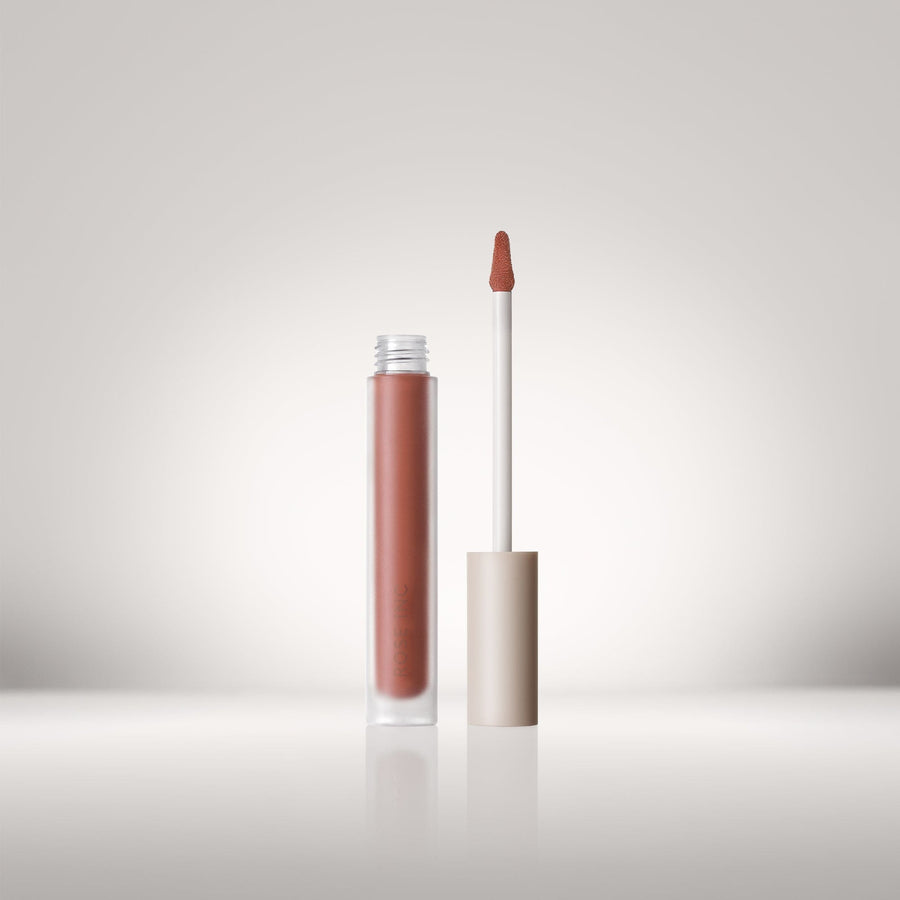
Count the Ways
Beige pink
Kiss and Part
Blush pink
Ever Loved
Melon pink
Of Stars
Cool pink
Dreamed You
Warm rose
A Glimpse
Cool mauve
Two Were One
Rose brown
Love Beckons
Wine red
Then I Knew
Plum berry
Their Union
Vivid pink
Mortal Flame
Fiery red
Ever Loved
Melon pink
Diffused, smoothing, and pigment-rich
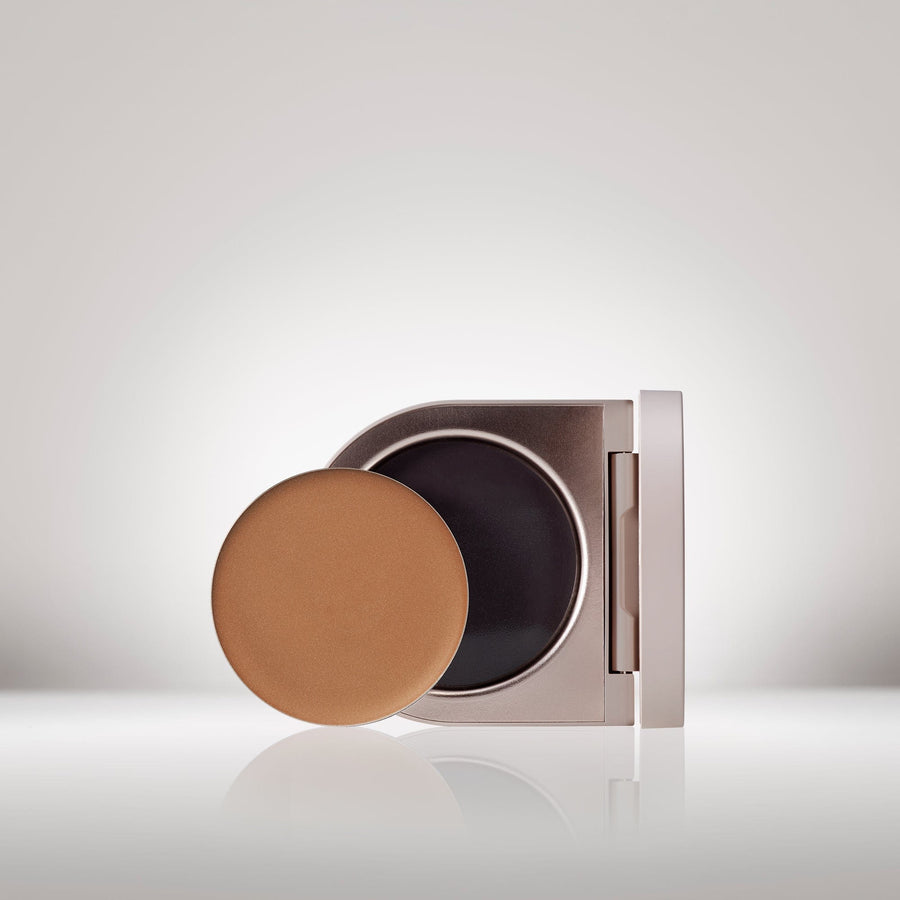
Lustrous
Rich copper
Glancing
Rosy bronze
Prismatic
Warm gold
Opalescent
Cool pink
Brilliant
Pearl
Lustrous
Rich copper
Illuminating, smoothing and non-comedogenic
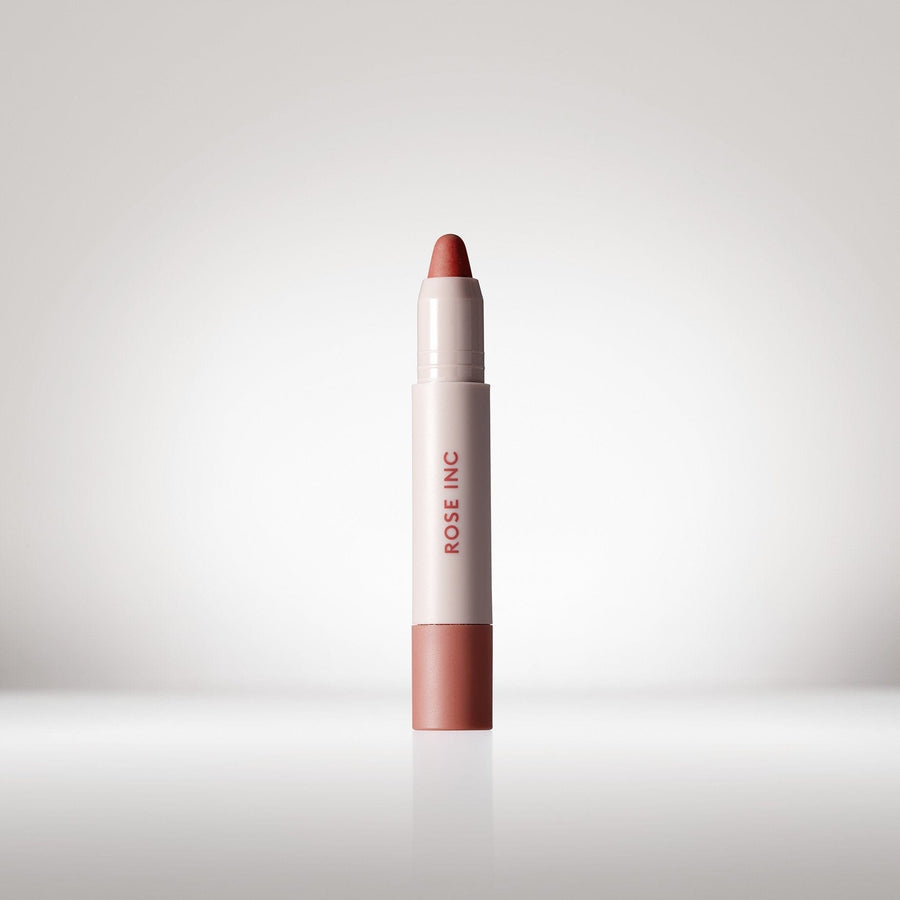
Beams
Plum
Quartz
Rose
Abstraction
Smoky peach
Sixteen
Deep berry
Beams
Plum
Smoothing, plumping and conditioning
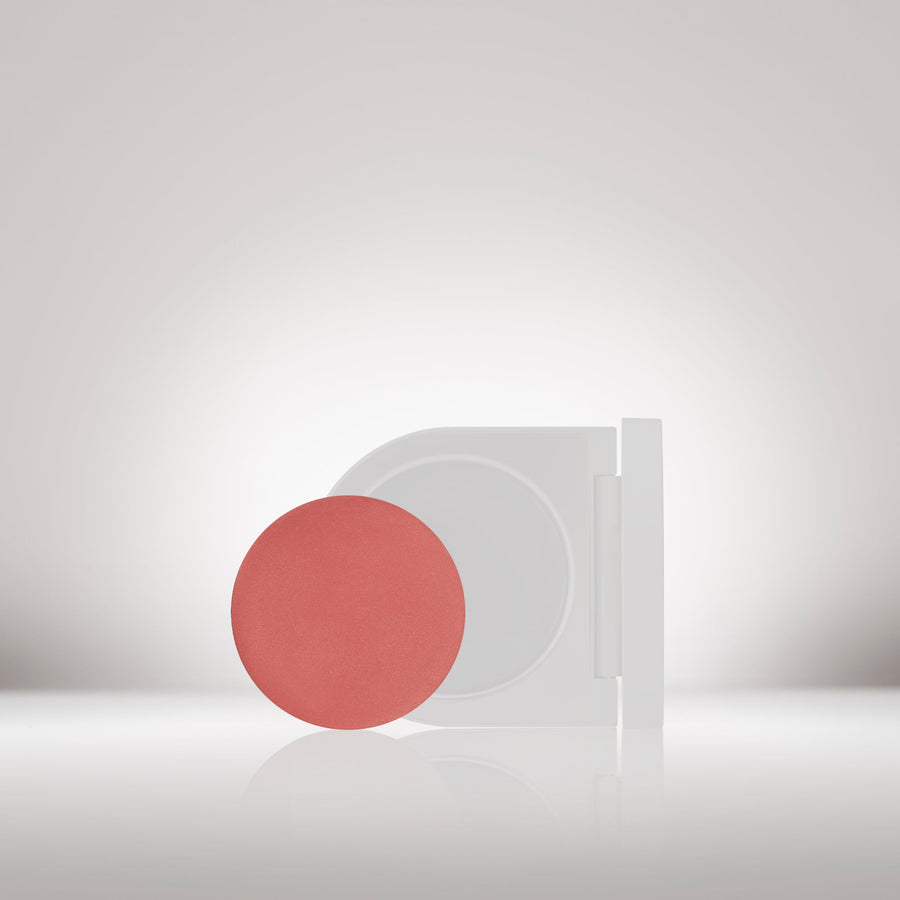
Hydrangea
Light cool pink
Wisteria
Coral pink
Anemone
Coral
Heliotrope
Apricot
Delphine
Muted peach
Daylily
Rich taupe
Foxglove
Warm terracotta
Ophelia
True pink
Camellia
Mauve
Hibiscus
Bright plum
Azalea
Berry
Dahlia
Deep berry
Hydrangea
Light cool pink
Brightening, blurring and refillable
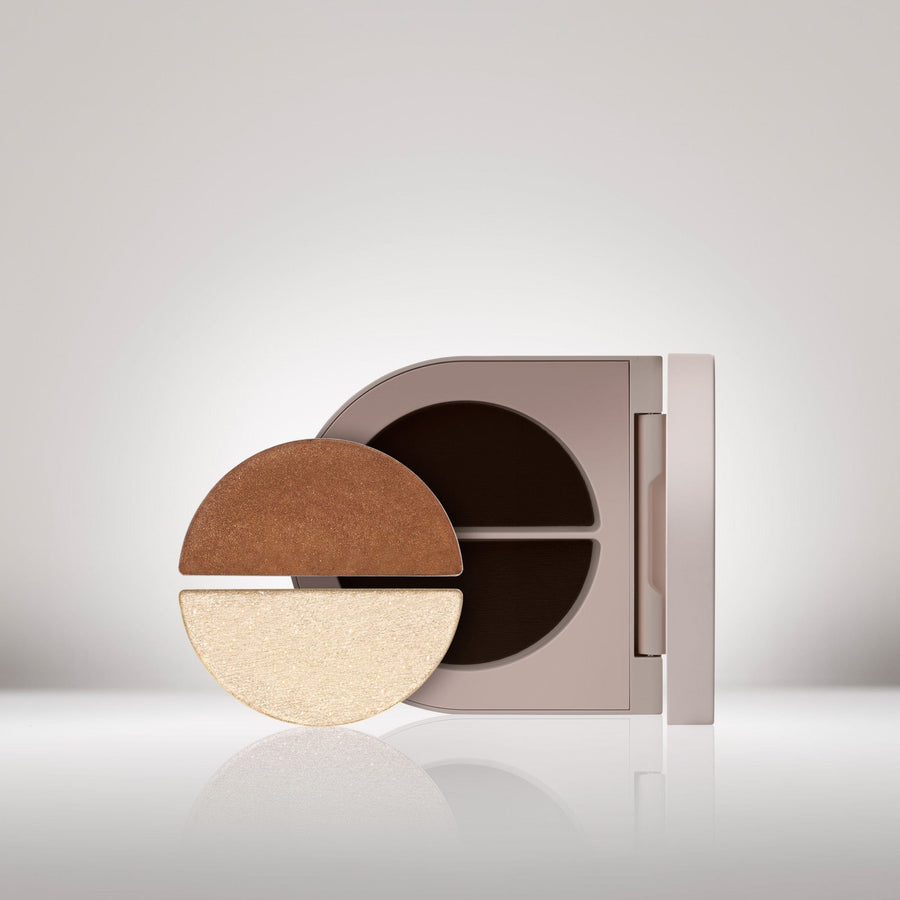
Satin Copper/Copper Shimmer
Satin Cocoa/White Gold Shimmer
Satin Plum/Lavender Shimmer
Satin Olive/Khaki Shimmer
Satin Copper/Copper Shimmer
Pigment-rich, lustrous and versatile
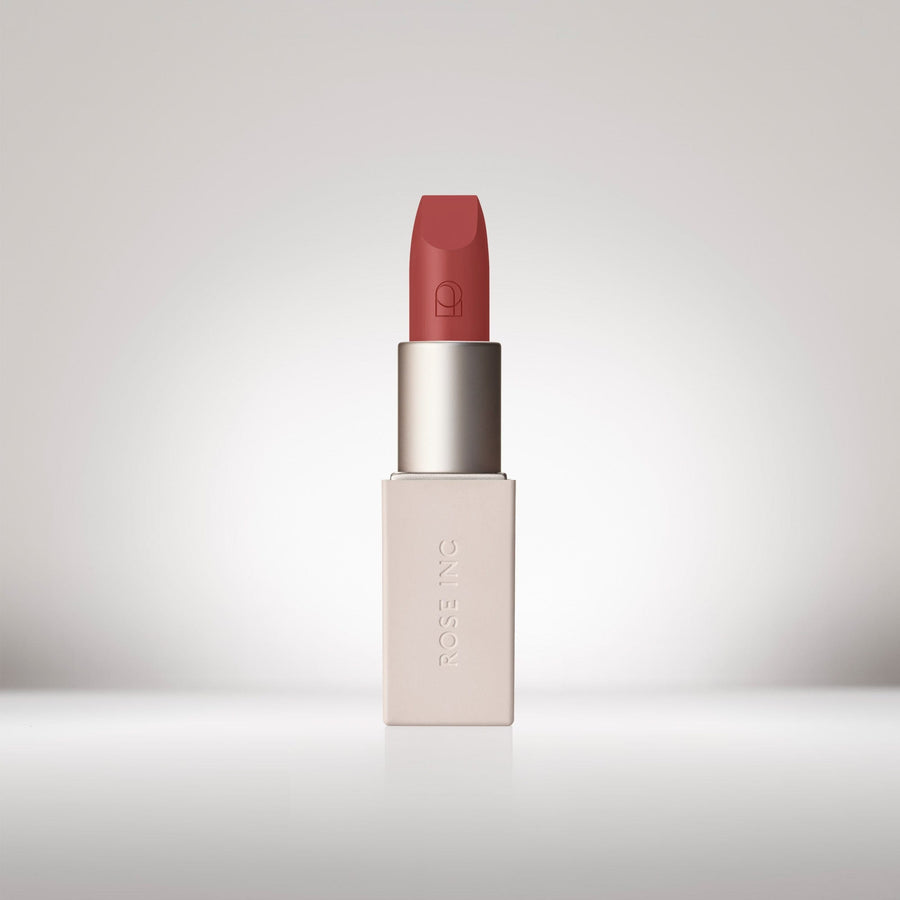
Besotted
Beige pink
Hypnotic
Sandy beige
Poetic
Muted coral
Enigmatic
Terracotta pink
Persuasive
Warm rose
Graceful
Golden brown
Poised
Deep brick
Demure
Cool blush
Intuitive
Deep mauve
Eloquent
Soft plum
Besotted
Beige pink
Line-blurring, plumping and softening
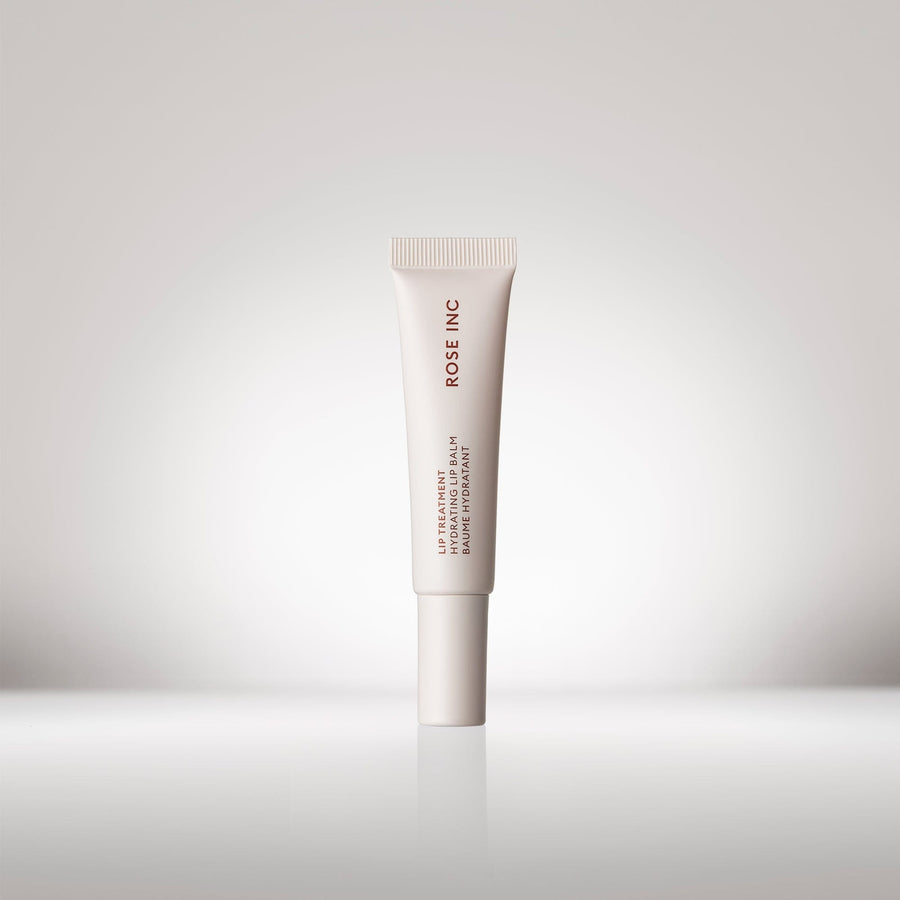
Clear
Lip Treatment Hydrating Lip Balm
Melon Pink
New Lip Treatment Hydrating Lip Balm
Sweet Cherry
New Lip Treatment Hydrating Lip Balm
Plum Berry
New Lip Treatment Hydrating Lip Balm
Clear
Lip Treatment Hydrating Lip Balm
Plush, conditioning and replenishing

An expert weighs in on how to guard yourself against the deadly disease, from preventive tips to tell-tale symptoms to know.
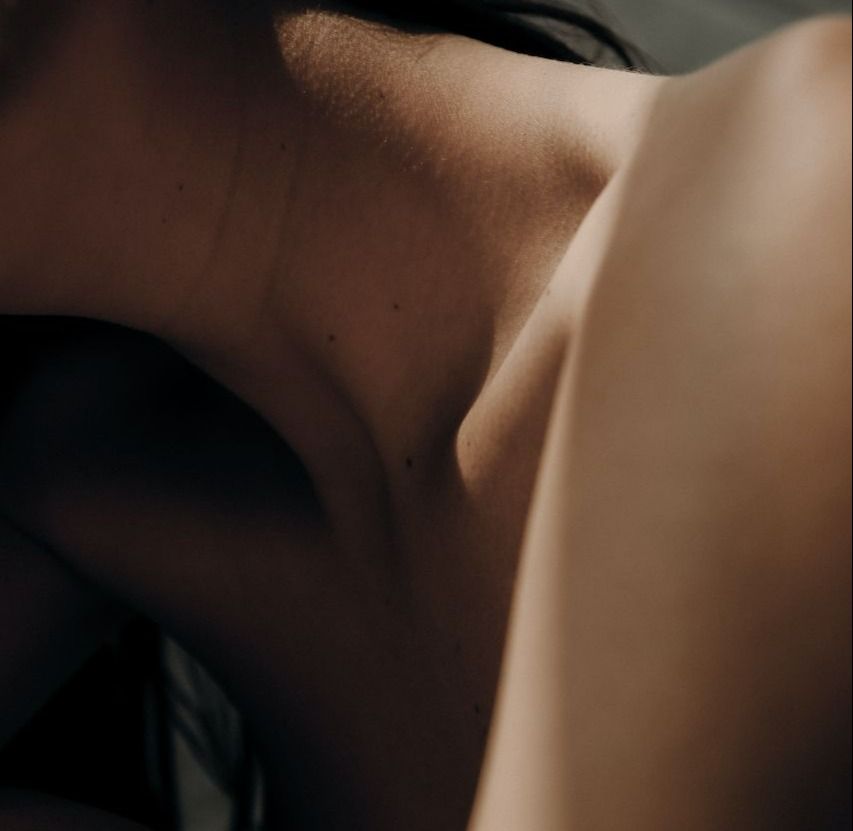
The massage therapist talks all things lymphatic drainage, from benefits to at-home techniques to try now.
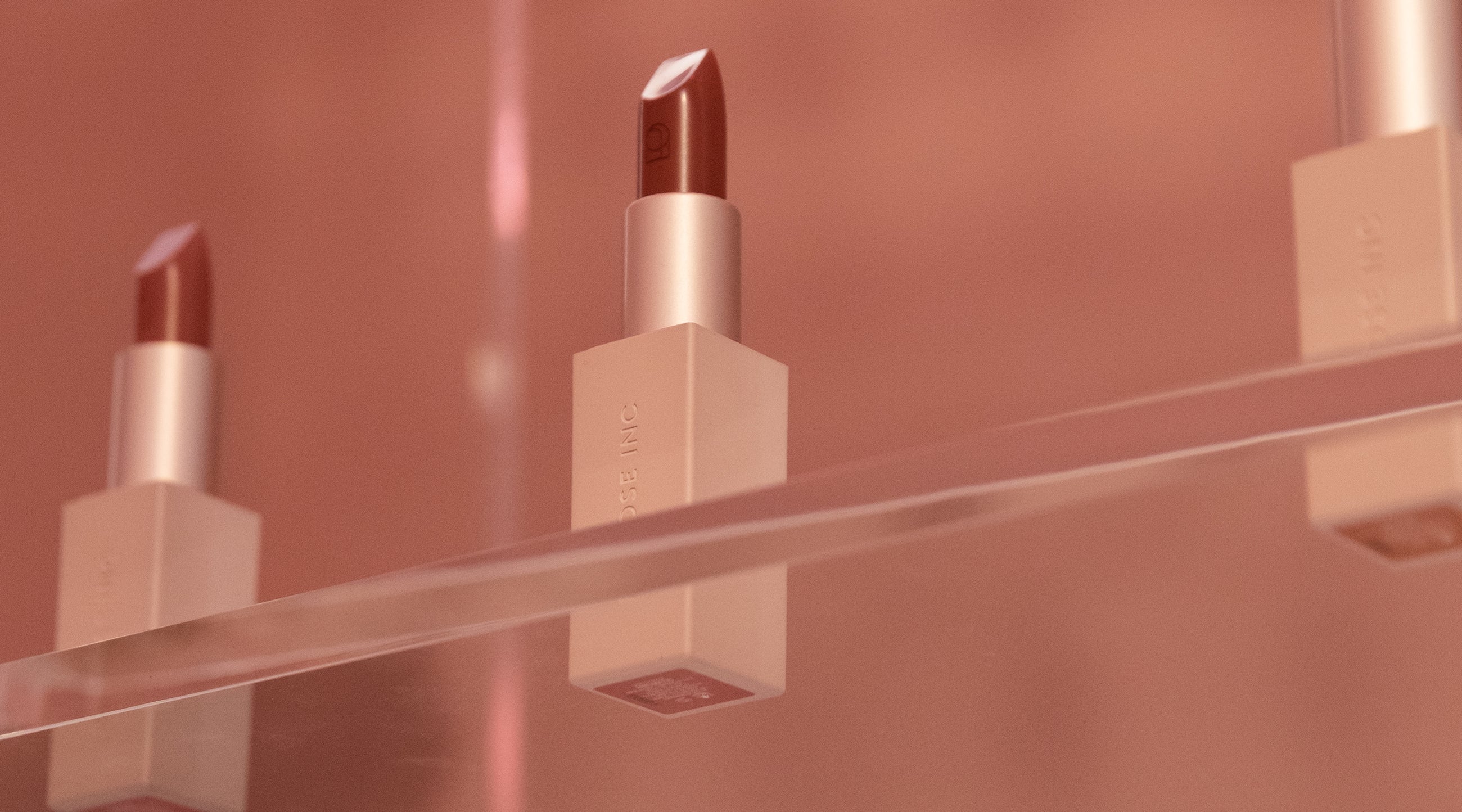
Hint: If you bought your lipstick before the pandemic, it’s time to refresh it.
Add items to your bag to unlock this gift.
Creamy lipstick that plumps the lips while drenching delicate skin in moisture.
Value$28.00 USDBesotted
Beige pink
Hypnotic
Sandy beige
Poetic
Muted coral
Enigmatic
Terracotta pink
Persuasive
Warm rose
Graceful
Golden brown
Poised
Deep brick
Demure
Cool blush
Intuitive
Deep mauve
Eloquent
Soft plum
Besotted
Beige pink
Add items to your bag to unlock this gift.
A barrier-protecting micellar cleansing gel-cream that dissolves makeup and pollution.
Value$26.00 USDAdd items to your bag to unlock this gift.
An alcohol-free daily toner that purifies, exfoliates and brightens to refresh the complexion.
Value$15.00 USDAdd items to your bag to unlock this gift.
Skincare-infused blush and lipstick for radiant color.
Value$46.00 USDHeliotrope/Enigmatic
Apricot & Terracotta Pink
Hibiscus/Poetic
Bright Plum & Muted Coral
Heliotrope/Enigmatic
Apricot & Terracotta Pink
Add items to your bag to unlock this gift.
A pigment-rich cream shadow that visibly smooths delicate skin while delivering multidimensional looks.
Value$12.00 USDSatin Copper
Rich red copper
Satin Cocoa
Neutral brown
Satin Plum
Deep cool purple
Satin Olive
Dark green
Satin Copper
Rich red copper
Add items to your bag to unlock this gift.
A pressed shimmer shadow that visibly smooths delicate skin while delivering multidimensional looks.
Value$12.00 USDWhite Gold Shimmer
Light gold with pearl
Copper Shimmer
Copper gold
Lavender Shimmer
Light metallic purple
Khaki Shimmer
Metallic green-gold
White Gold Shimmer
Light gold with pearl
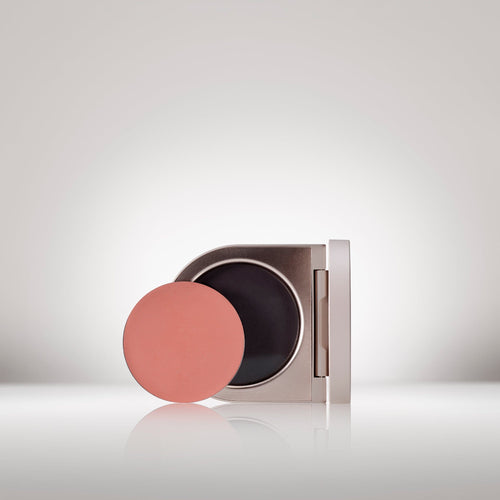
A hydrating cream that brightens and blurs with a radiant...
Hydrangea
Light cool pink
Wisteria
Coral pink
Anemone
Coral
Heliotrope
Apricot
Delphine
Muted peach
Daylily
Rich taupe
Foxglove
Warm terracotta
Ophelia
True pink
Camellia
Mauve
Hibiscus
Bright plum
Azalea
Berry
Dahlia
Deep berry
Hydrangea
Light cool pink
A hydrating cream that brightens and blurs with a radiant...
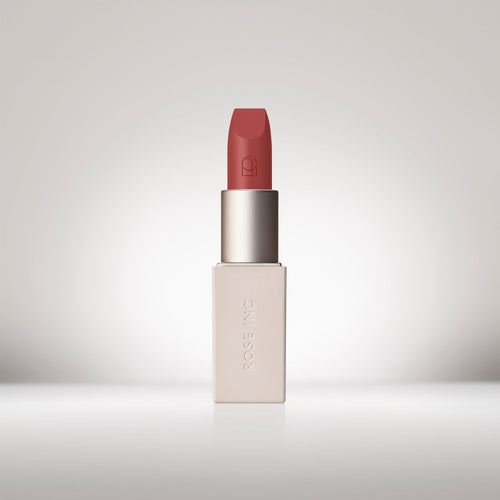
Creamy lipstick that plumps the lips while drenching delicate skin...
Besotted
Beige pink
Hypnotic
Sandy beige
Poetic
Muted coral
Enigmatic
Terracotta pink
Persuasive
Warm rose
Graceful
Golden brown
Poised
Deep brick
Demure
Cool blush
Intuitive
Deep mauve
Eloquent
Soft plum
Besotted
Beige pink
Creamy lipstick that plumps the lips while drenching delicate skin...
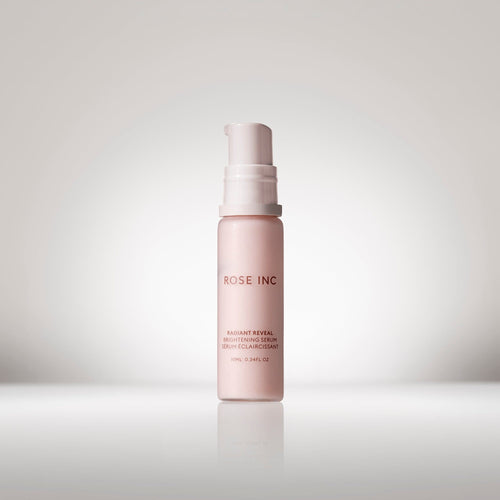
A powerful hydrating serum that instantly brightens the complexion with...
A powerful hydrating serum that instantly brightens the complexion with...
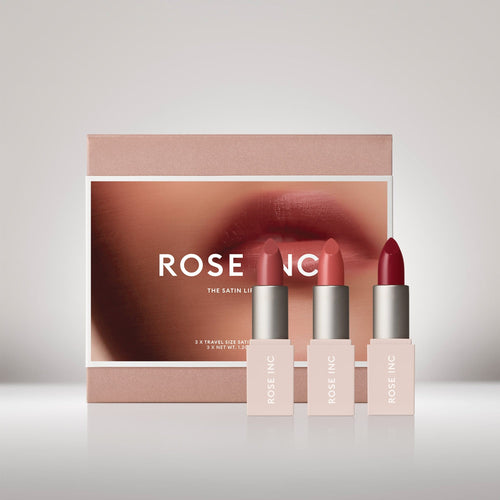
Two mini versions of our bestselling shades and one limited...
Two mini versions of our bestselling shades and one limited...
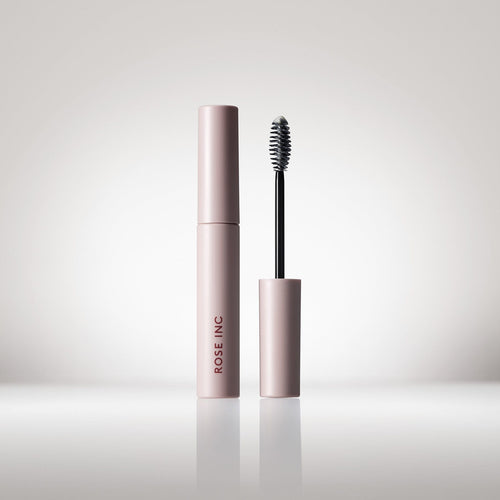
A conditioning pomade-serum hybrid that volumizes and grooms for expertly shaped brows.
A conditioning pomade-serum hybrid that volumizes and grooms for expertly shaped brows.
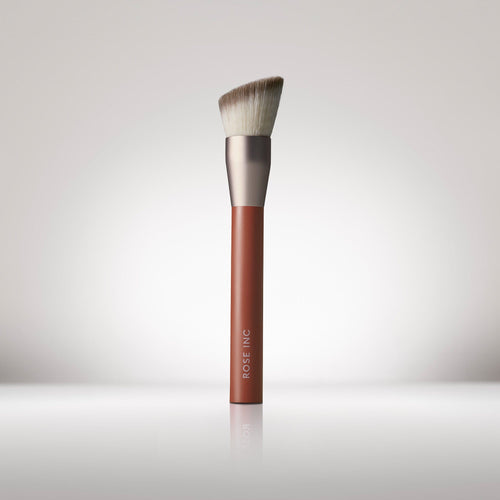
An angled brush designed for control and seamless blending along...
An angled brush designed for control and seamless blending along...
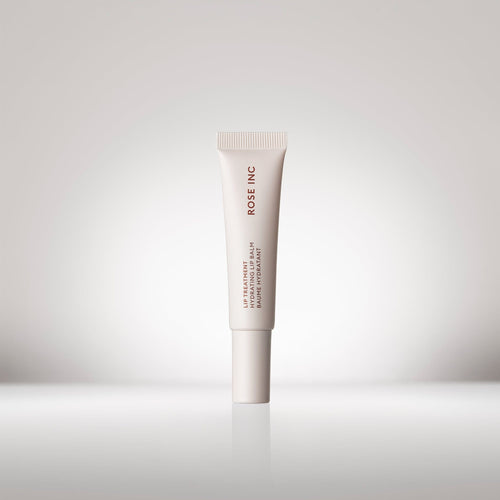
A clean beauty essential for nourished, healthy lips. Powered by...
Clear
Lip Treatment Hydrating Lip Balm
Melon Pink
New Lip Treatment Hydrating Lip Balm
Sweet Cherry
New Lip Treatment Hydrating Lip Balm
Plum Berry
New Lip Treatment Hydrating Lip Balm
Clear
Lip Treatment Hydrating Lip Balm
A clean beauty essential for nourished, healthy lips. Powered by...
Your browser is out of date, and may not be compatible with our website.
You can update your browser from the link below.
Download the latest version of your prefered browser